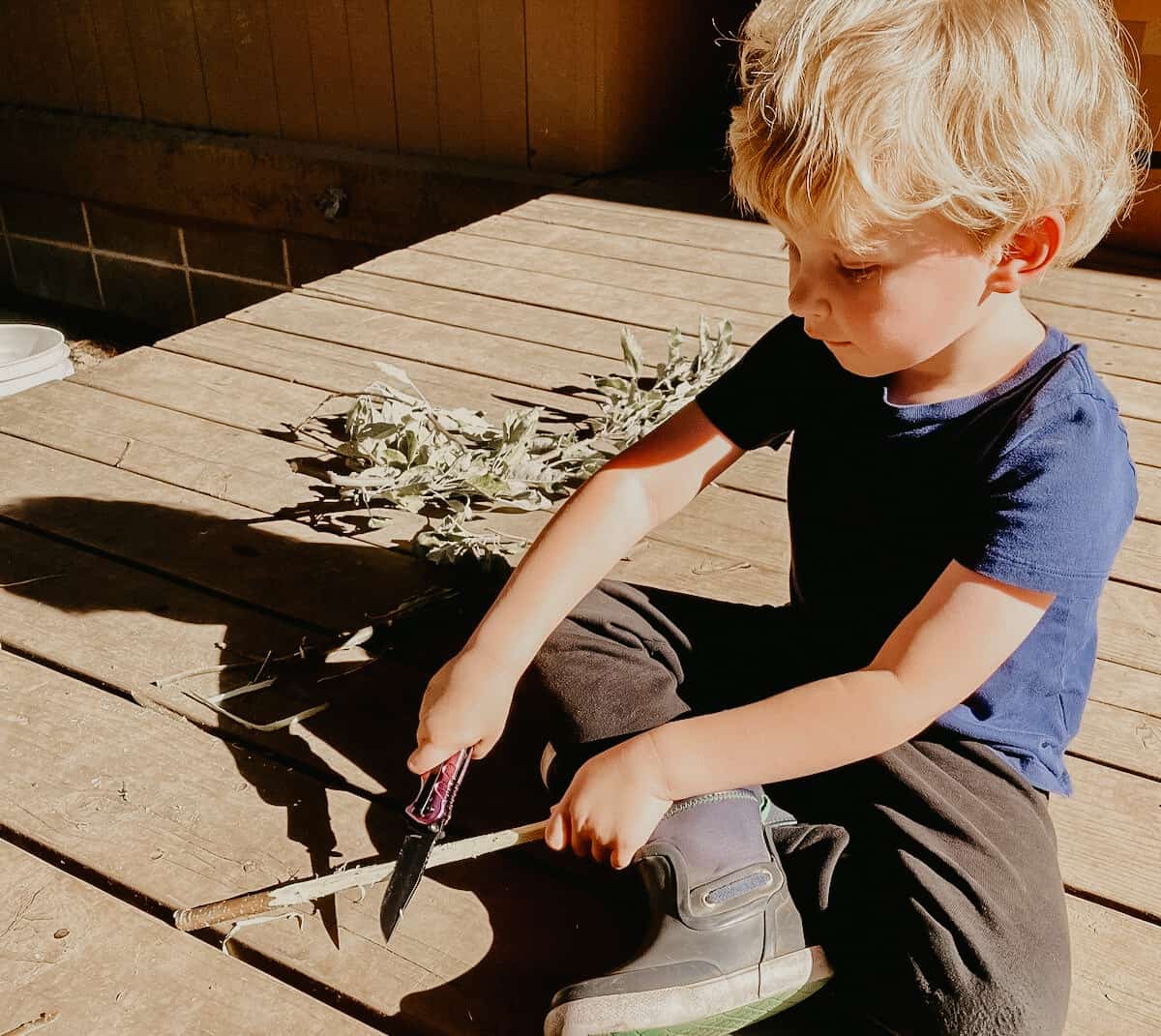
"Never forget that you are part of me. You are part of my wild and dazzling dream. Remember too, that I am inside you. Every cell in your body is packed with hydrogen, made when I was born. Your bones are hardened with calcium made by stars. Your backbone was fashioned by fish. The deepest part of your brain was built by reptiles. The love you feel for another deepened inside the very first mammals. Your awe-filled wonder began on starry nights around campfires, long, long ago."
- The Universe, as told by Jennifer Morgan
We’re so excited to share this Human History Timeline and Fundamental Needs of Humans as the Montessori Third Great Lesson materials and follow-up for the Primary and Elementary years. We hope you find it useful for planning your own experiences.
Jump to:
Disclosure of Material Connection: Some of the links in the post are “affiliate links.” This means if you click on the link and purchase the item, I will receive an affiliate commission. Amazon links are not affiliate links. You can read my full affiliate disclosure.
We're really enjoying ourselves and this Human History and Fundamental Needs unit was no less interesting than the previous two. We spent some time exploring works related to The Timeline of Humans and our follow-up work contained a nice mix of printables, hands-on activities and some longer project-based learning experiences.
You can check out these Elementary Curriculum resources as well as History Books, Zoology Books, and Indigenous Education Books for more details on what you see below.
If you haven't already, be sure to check out Astronomy for Kids: The Montessori First Great Lesson to see where this story starts.
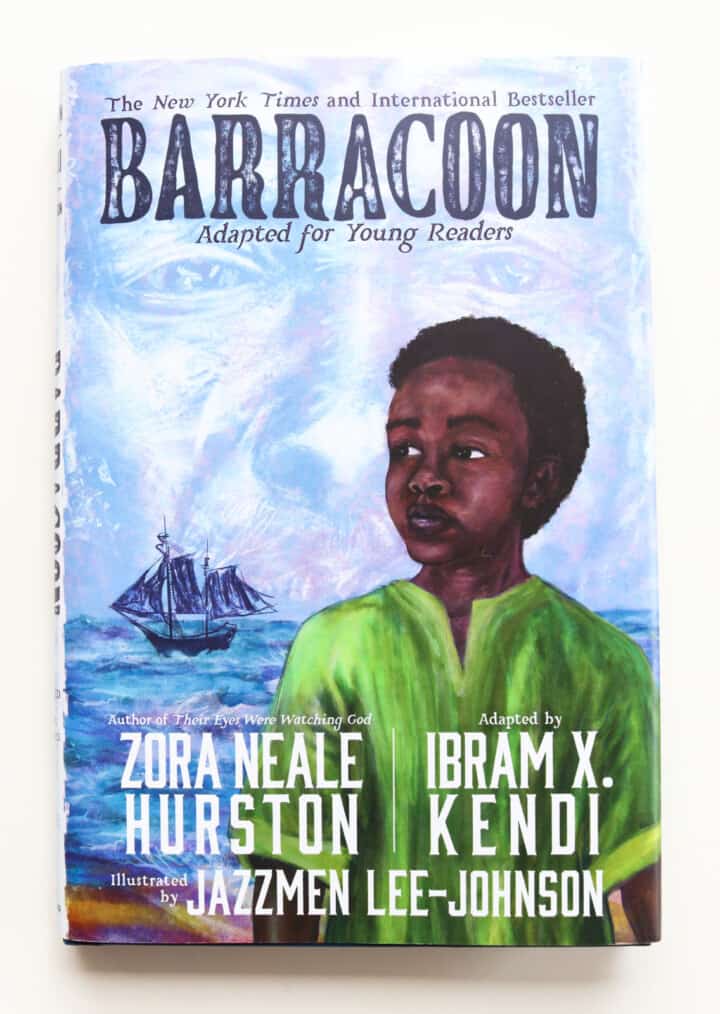
Black History Books
The best books for kids & adults.
The Third Great Lesson in Montessori’s Cosmic Education a.k.a. The Coming of Humans picks up where the Montessori Second Great Lesson ended: the timeline of life on earth up to the appearance of humans.
The Third Great Lesson introduces students to early humans, the timeline of hominids, modern humans, civilizations, and fundamental needs of humans. It’s traditionally given to Elementary students after The Second Great Lesson Follow-Up work is complete. It tells the story of human survival and adaptation, how early civilizations arose, and how we met our needs in the past as well as in modern times.
Together, Montessori’s Five Great Lessons provide children with a contextual understanding of who they are, where they come from, and their unique purpose or cosmic task.
Since we are including Preschool and Elementary students in this Third Great Lesson, the goal is always to strike a balance between what's been taught in Primary in the past and what to introduce to a Lower Elementary student. Also, I like to introduce content and materials that are buildable, knowing that some topics will be revisited in the future.
This Third Great Lesson covers Sensorial, Language, Practical Life, Math, Science, Nature, Geography, History, Art, and Music. There are many different directions you can take with this lesson. The kids spent a lot of time engaged in activities related to the Timeline of Humans, Fundamental Needs, Tools, Indigenous People & Culture, and Inventions.
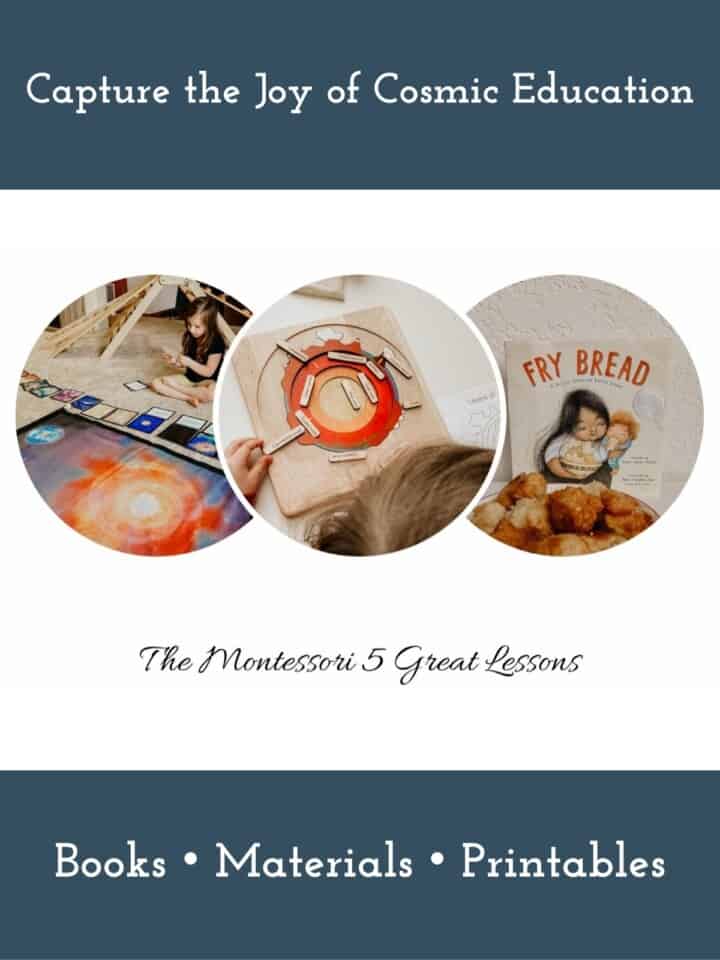
How to Homeschool Elementary
A Family-Style Approach to the Montessori Great Lessons
Free Montessori Great Lessons Series
Do you want assistance with planning your year? We've put together a FREE series on the Great Lessons for elementary and family-style learning that will take the overwhelm out of the beginning of your school year and keep you moving with ease all the way to spring.
Explore the Montessori Great Lessons, the introduction to the Cosmic Curriculum, traditionally given to Elementary students near the beginning of the school year. This free 5-part weekly email series will help you tell the story of how our universe began all the way to the origins of language and numbers.
Montessori's Five Great Lessons provide children with a contextual understanding of who they are, where they come from, and their unique purpose or cosmic task. Sounds like a big undertaking, right? Well, it doesn't have to be.
Learn more about this elementary homeschool course.
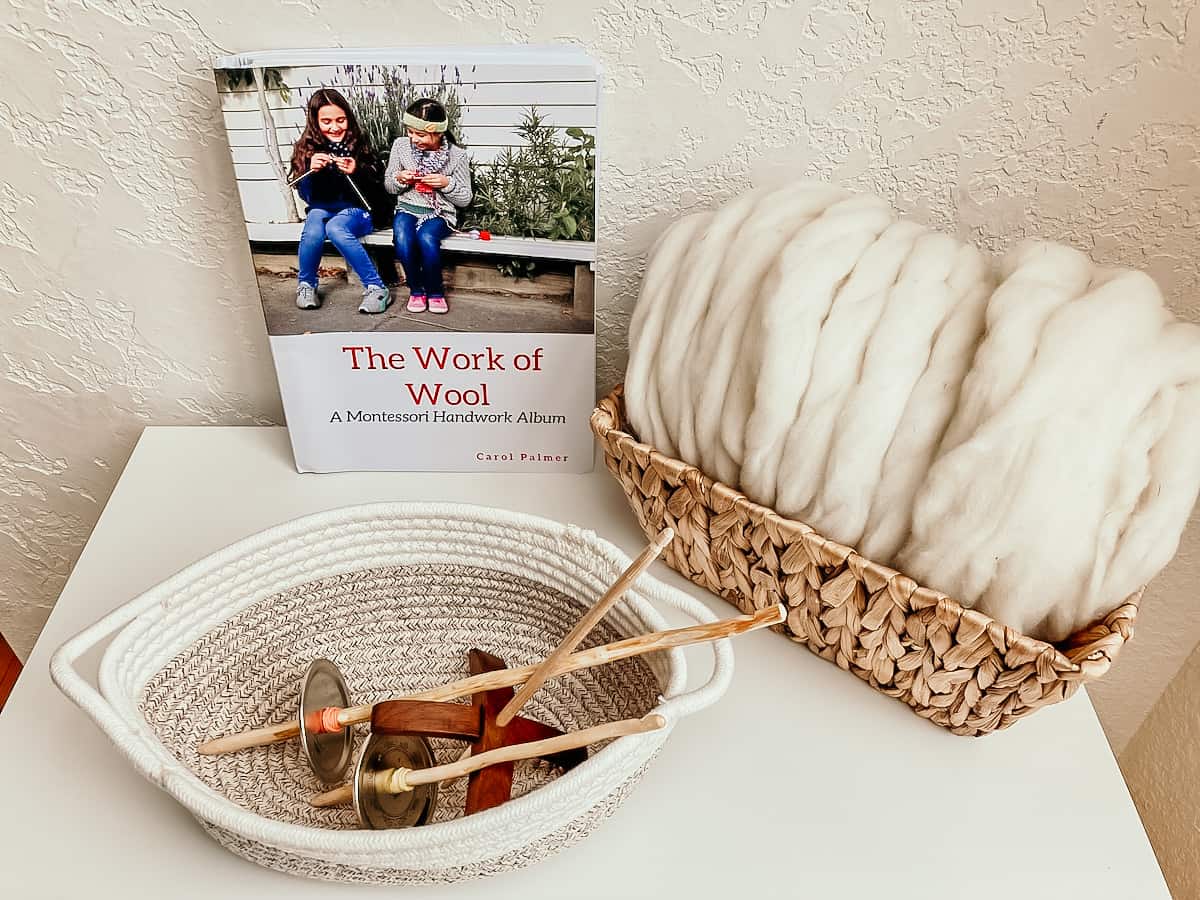
Human History Timeline and Fundamental Needs: The Montessori Third Great Lesson
This Montessori Third Great Lesson contains materials and follow-up work for all ages, but especially ages 2-12. It contains books, printables, and hands-on activities. More specifically, it covers topics such as Timelines, Fundamental Needs, Tools, Native Americans, Simple Machines, and Inventions.
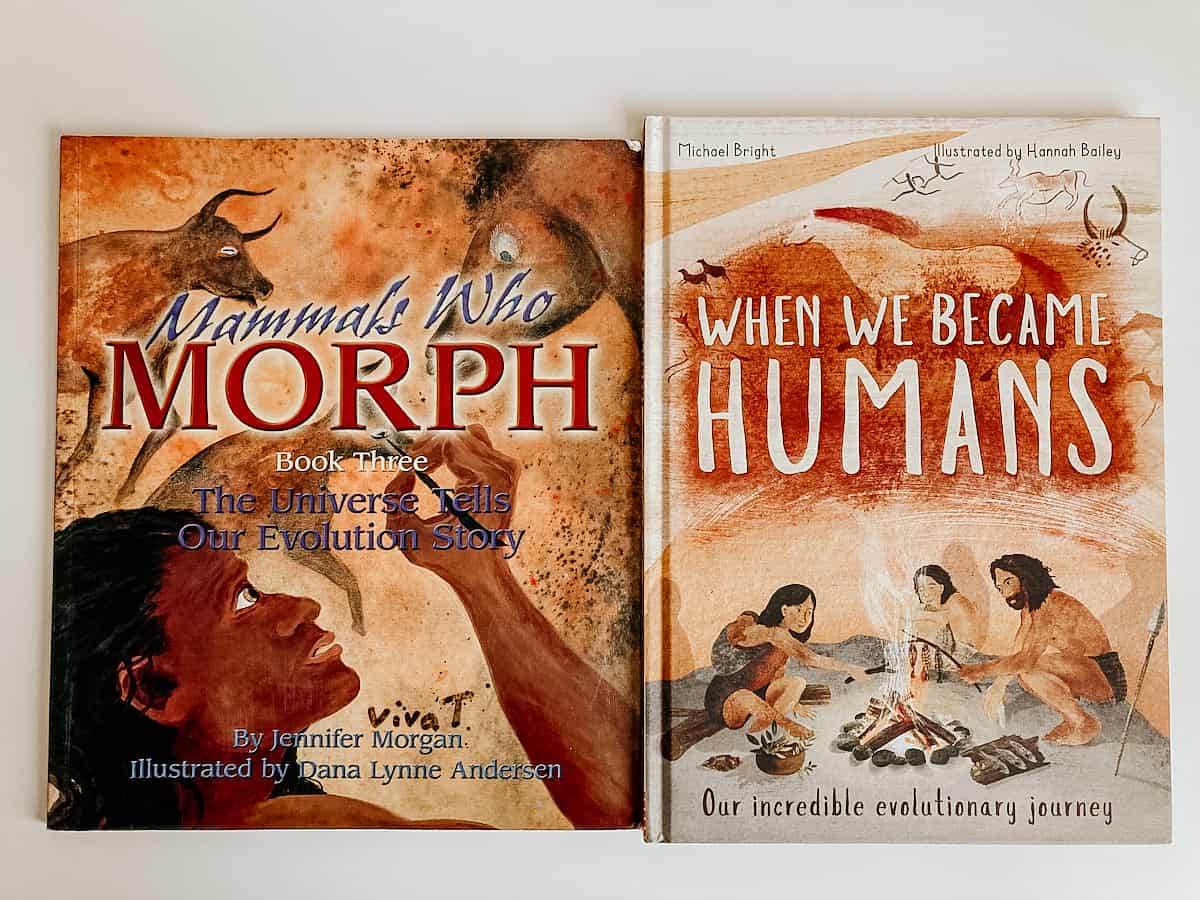
Third Great Lesson
These are the books I used for the telling of the Third Great Lesson. Mammals Who Morph has a really captivating approach to the story that our kids enjoyed as much as the previous two books from this series. Also, When We Became Humans is really helpful for additional exploration.
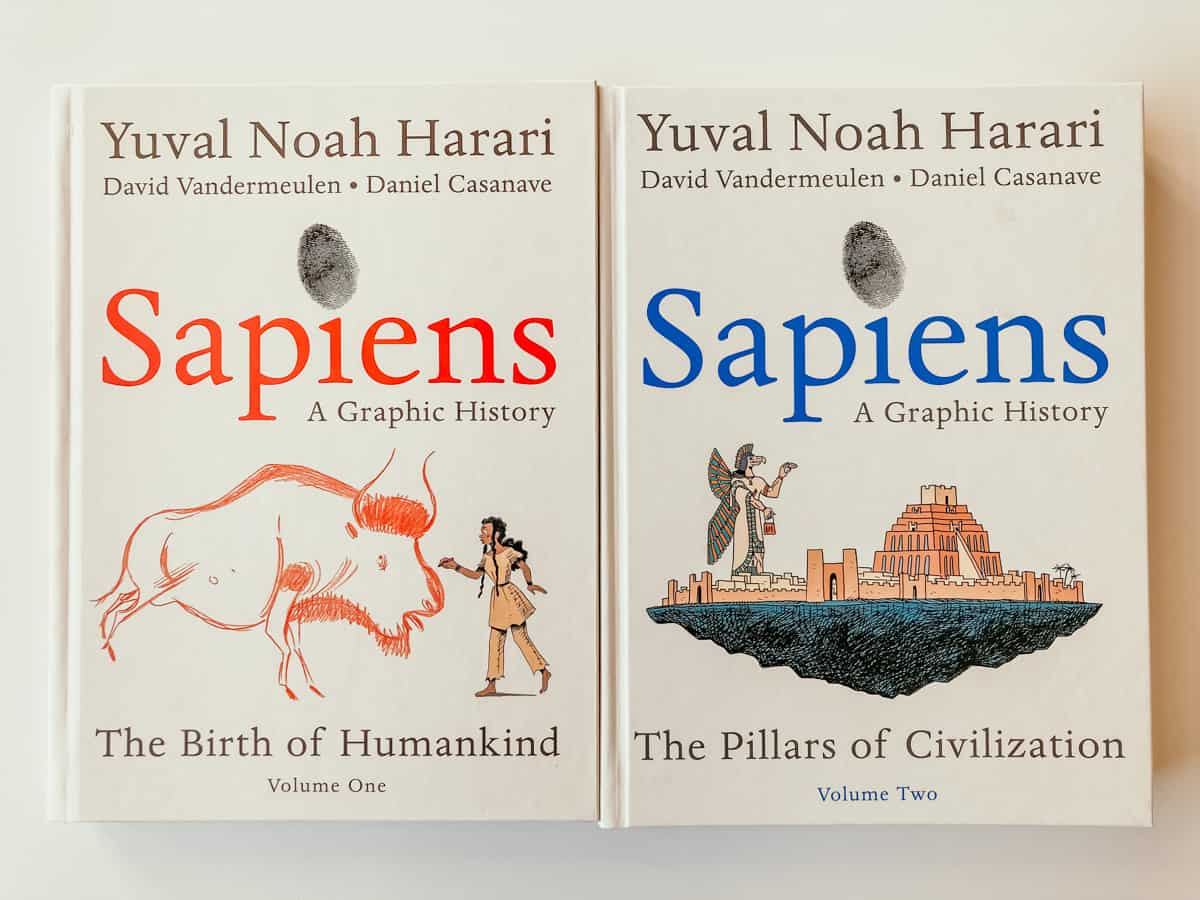
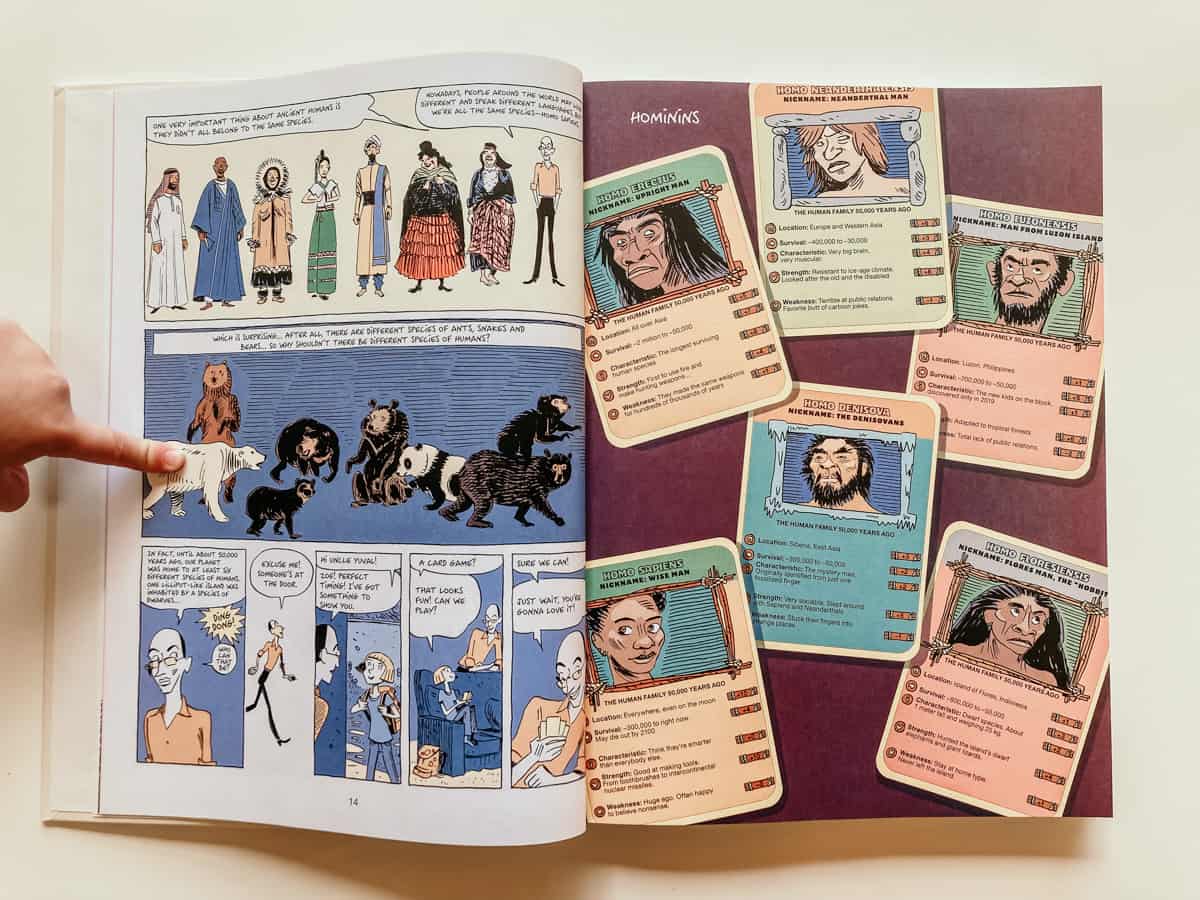
Graphic History Duology
- Sapiens: A Graphic History: The Birth of Humankind
- Sapiens: A Graphic History, Volume 2: The Pillars of Civilization
Looking for a fun and often amusing account of human history and civilization that kids and adults will enjoy? Look no further than Sapiens: A Graphic History Volumes I & II. Explore human history in a story format with gorgeous full-color illustrations taking center stage throughout. This is storytelling at its finest.
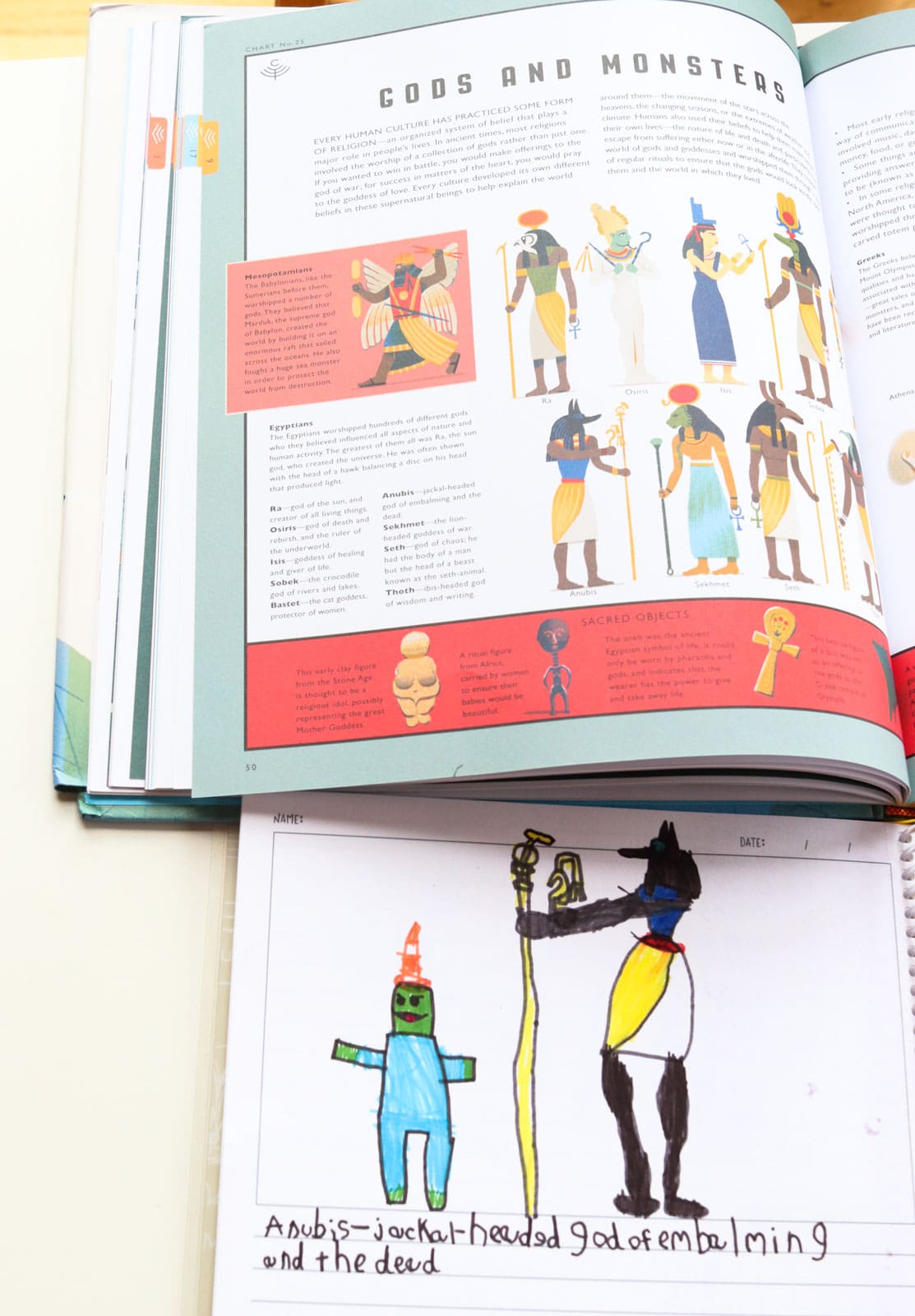
Montessorikiwi's Ancient Civilizations Bundle is a grab-and-go resource with hands-on materials for exploring Ancient Egypt, Ancient Persia, and Ancient China. We use the lesson plan and activities to guide our work.
Get 16% off your purchase from Montessorikiwi here.
Interesting History Topics
Explore more of your favorite history topics!
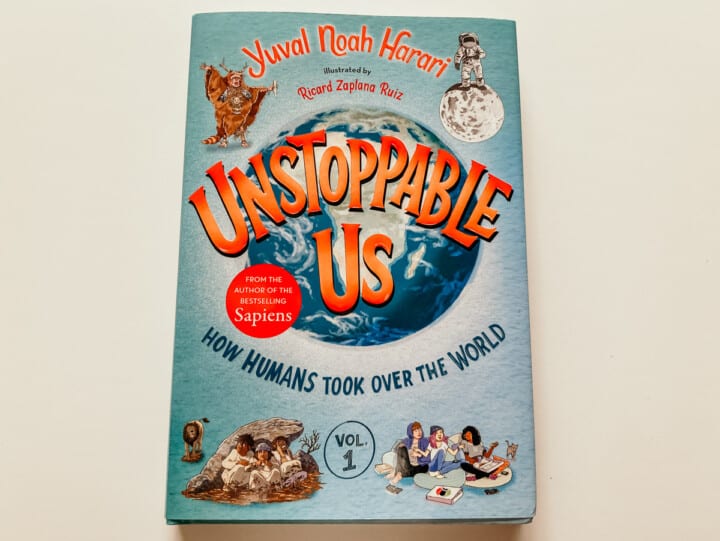
Find these books and more in our shop.
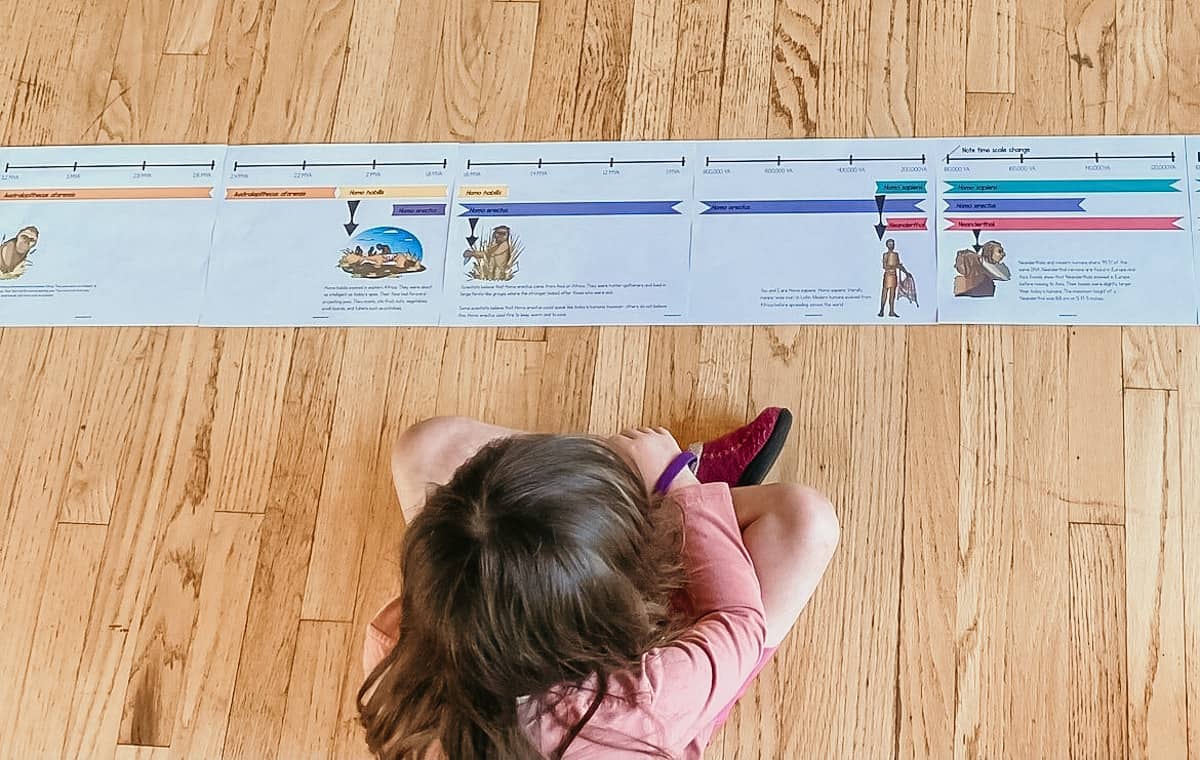
Human History Timeline
Afterward, Kaia explored the Timeline of Hominids. She read the captions and discussed how the images compared to each other as she made her way through the timeline.
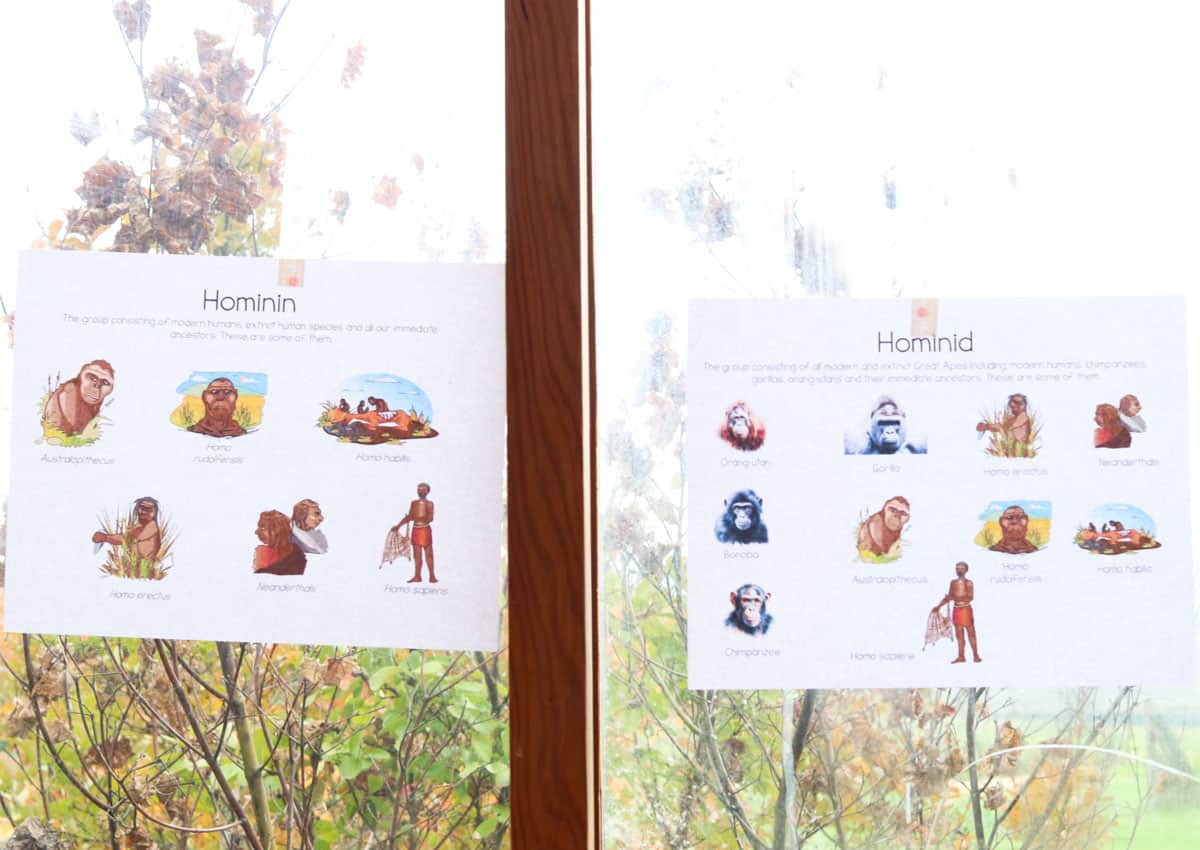
Combine it with this Hominin vs. Hominid activity to cement understanding.
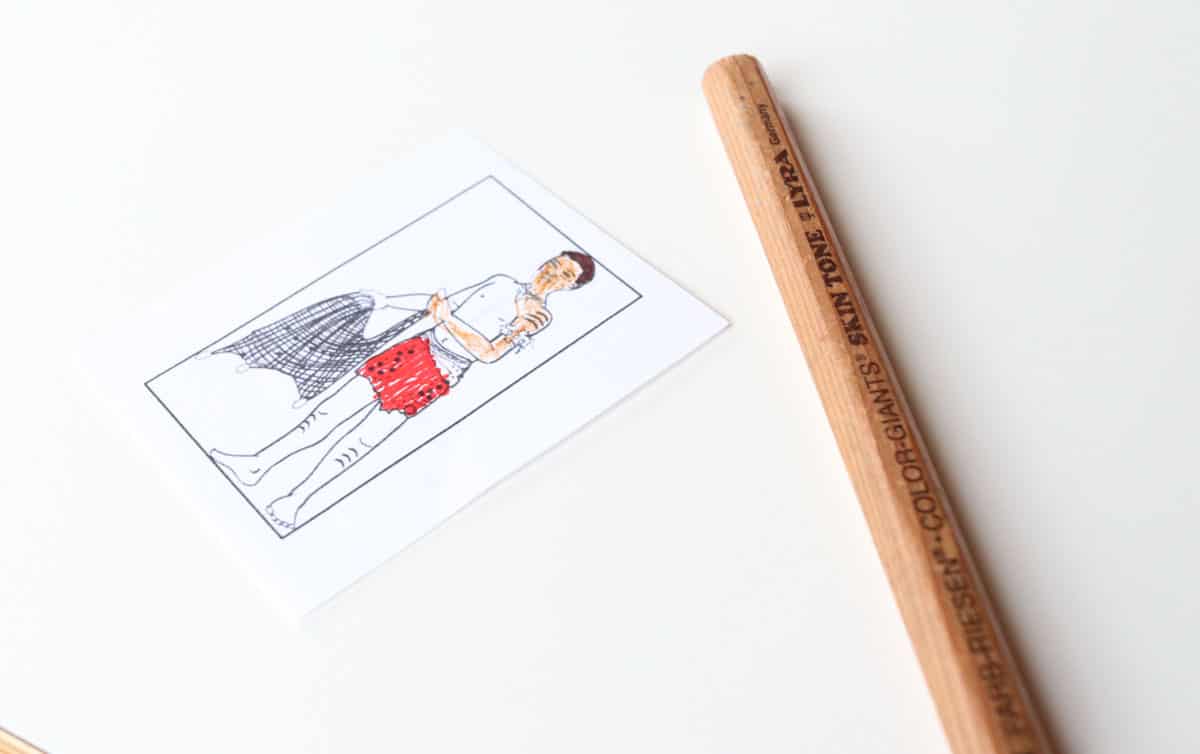
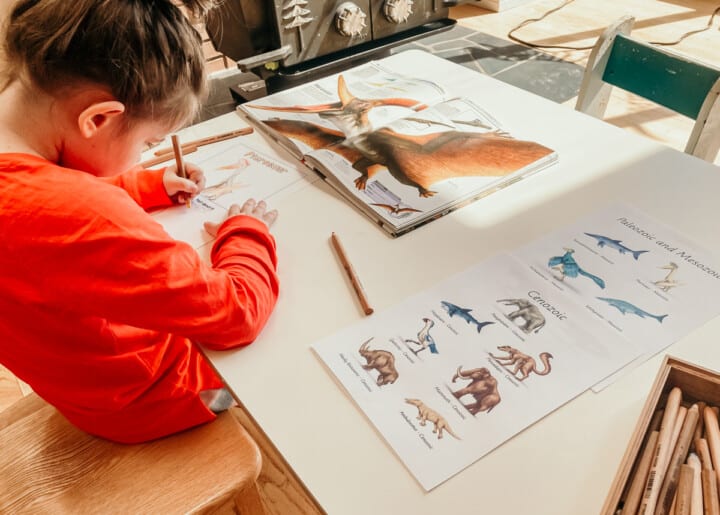
Montessorikiwi
Receive a 16% Off Coupon + shop Montessori printables.
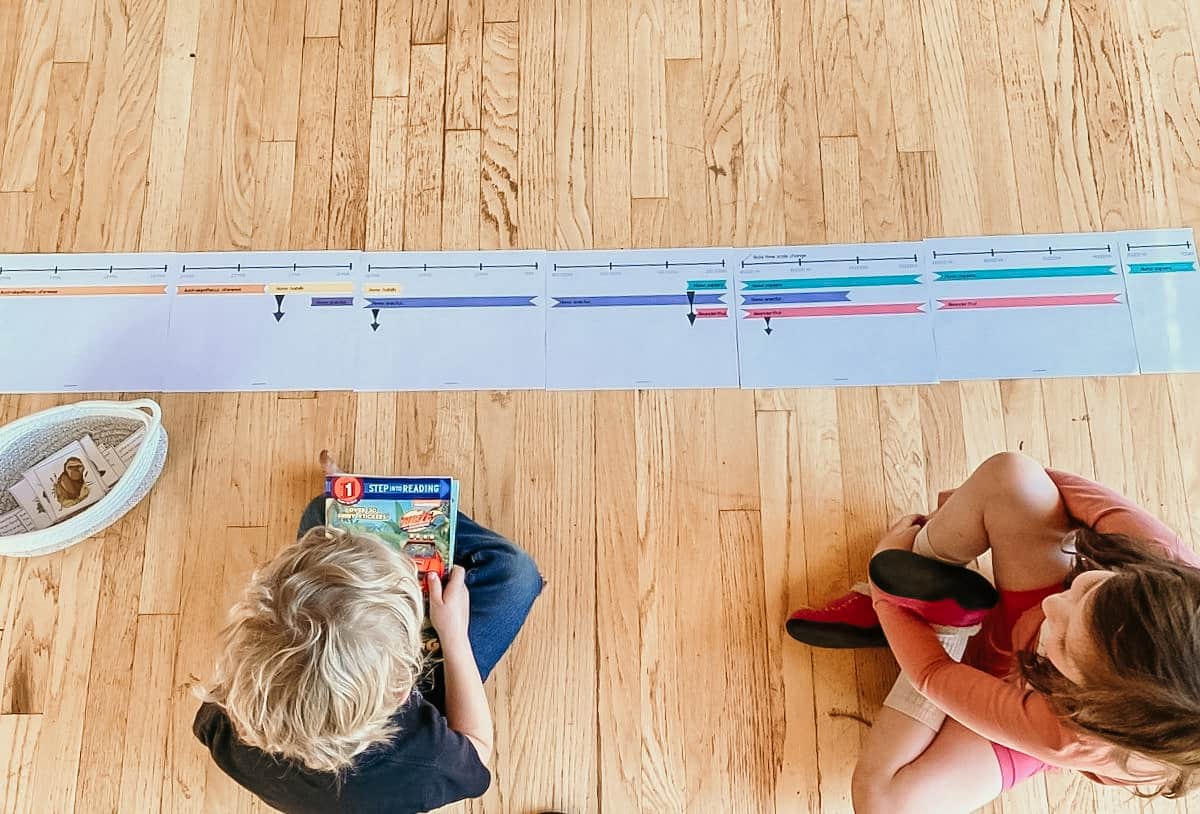
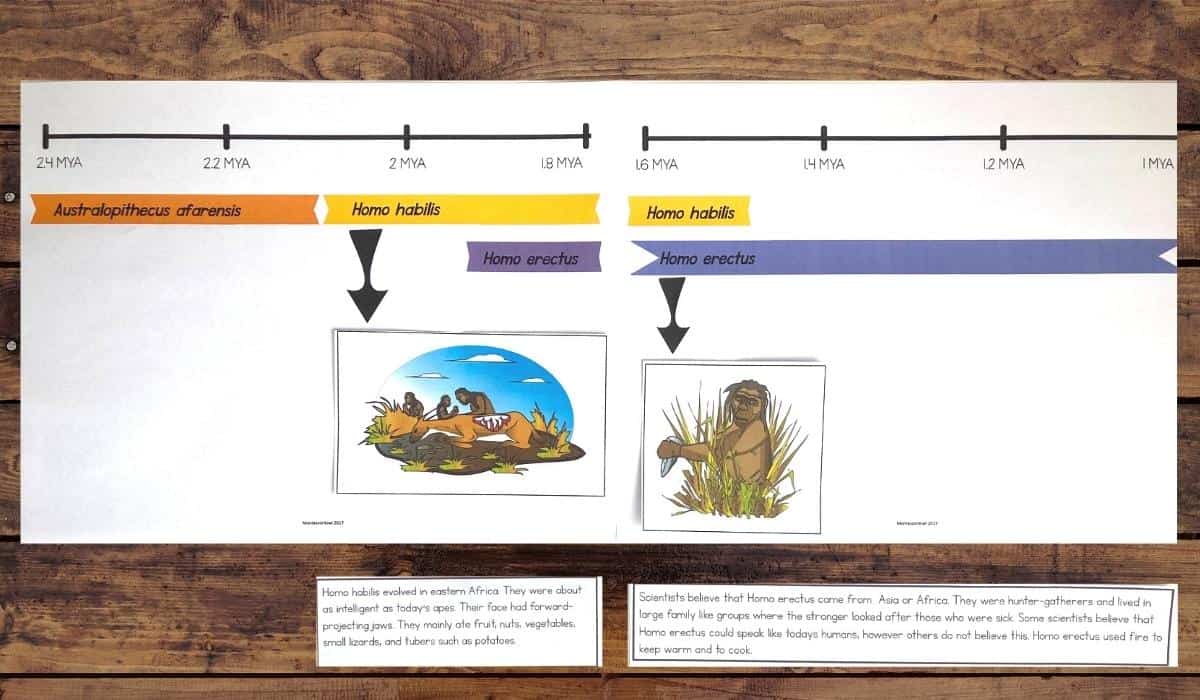
She was really interested in this great work, so she also explored the blank version of the same timeline, placing the images and description cards in the appropriate spots while Noah enjoyed his truck book.
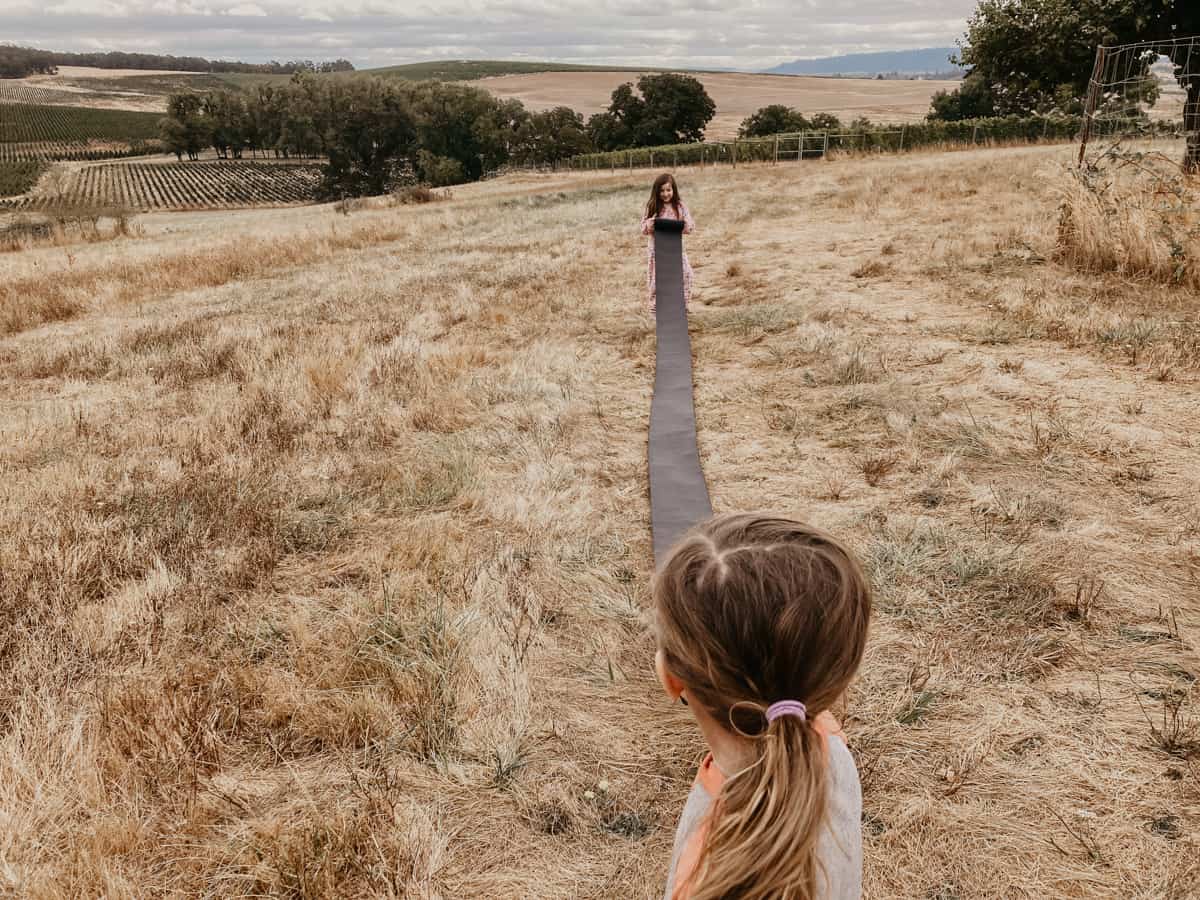
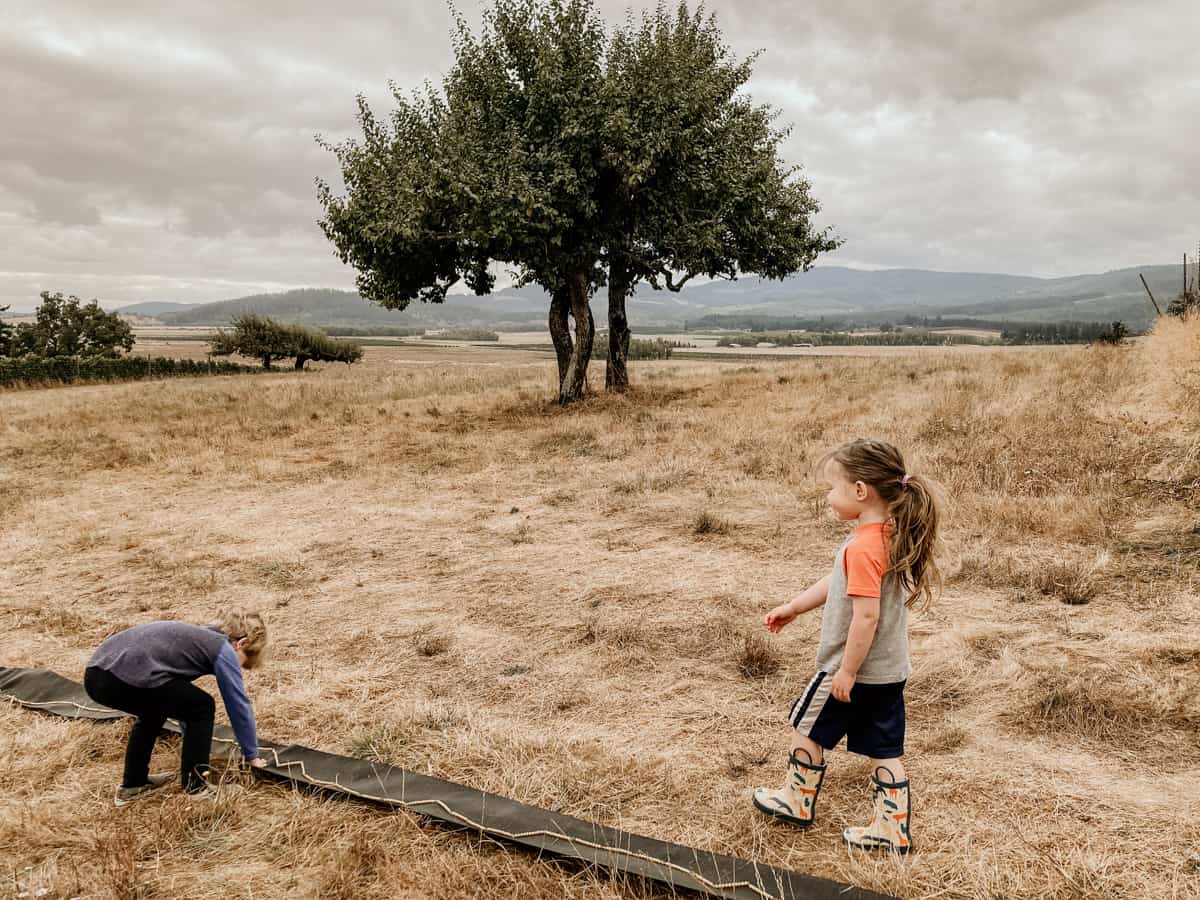
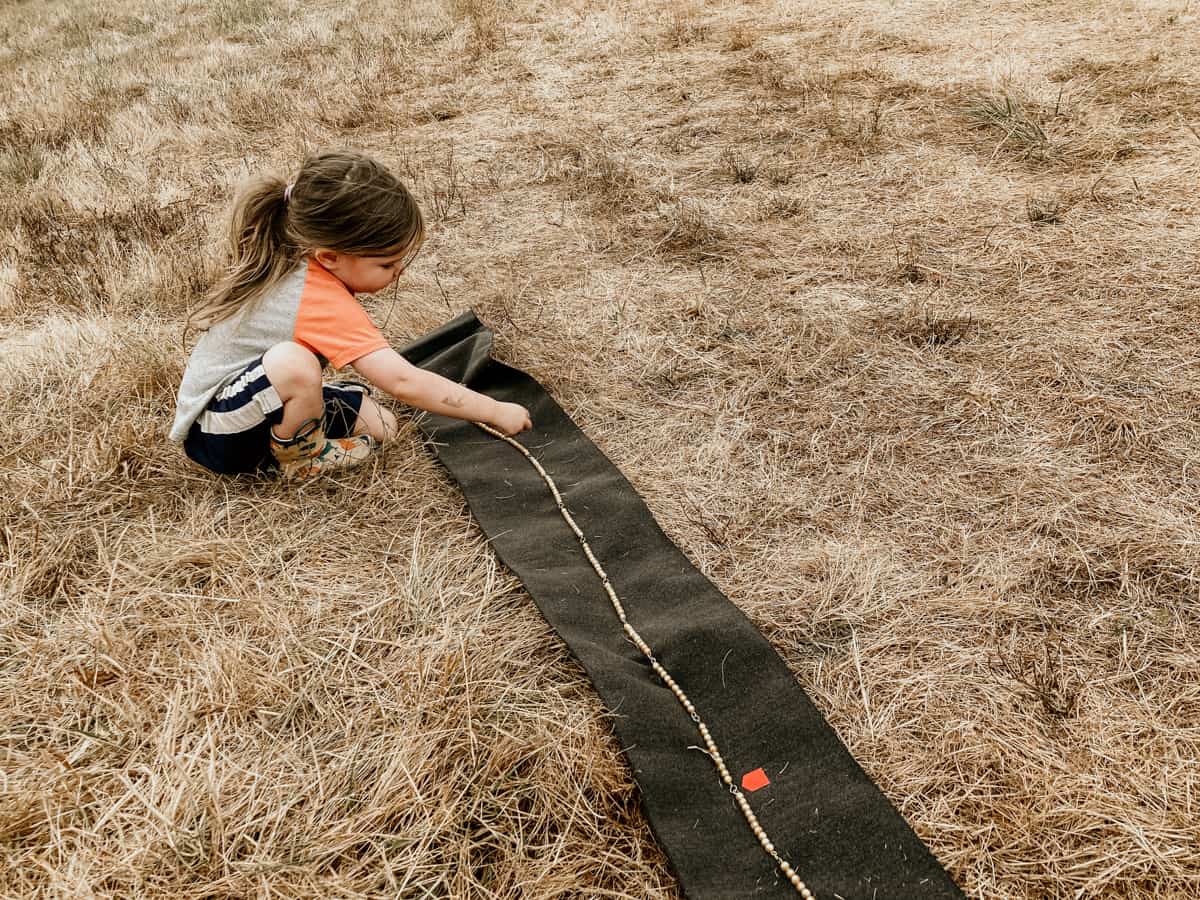
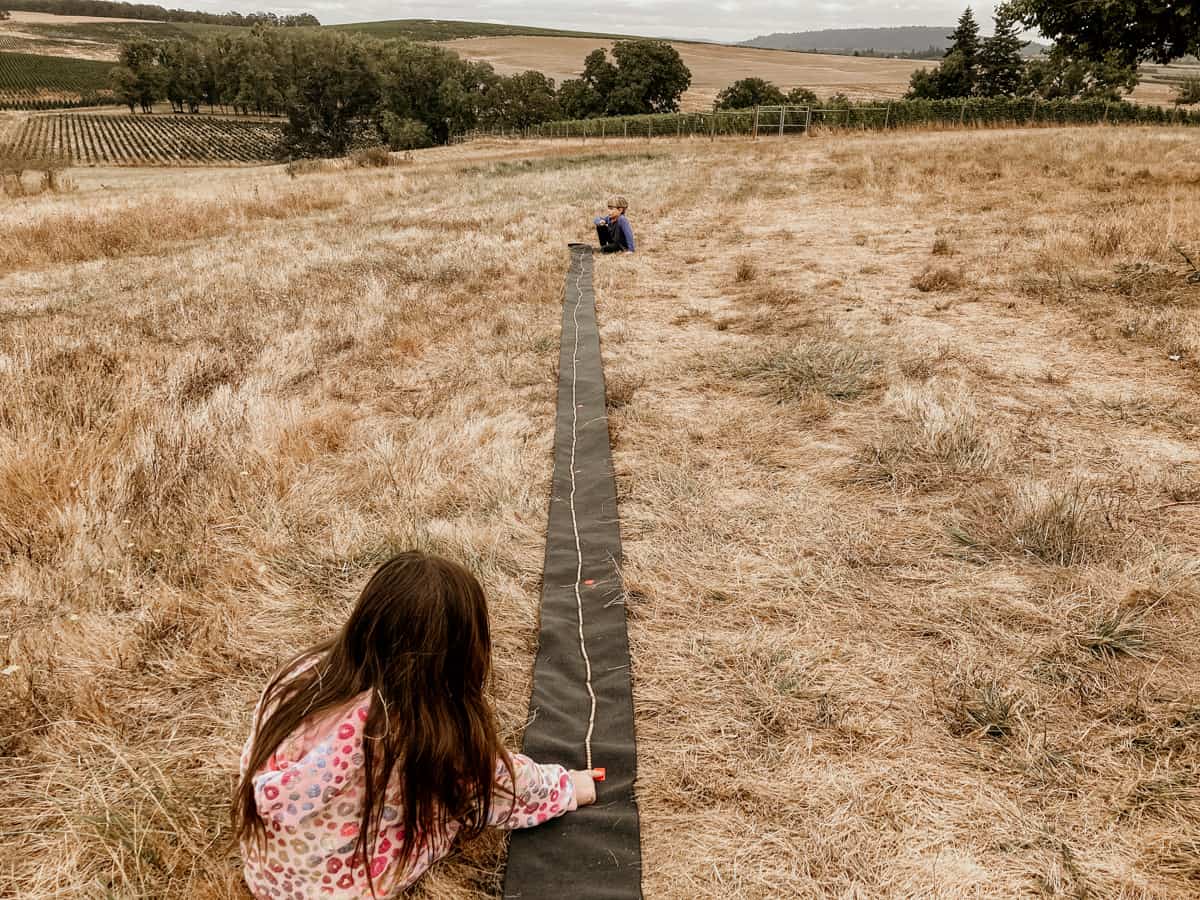
Human History Timeline Extension: Thousand Bead Chain & Skip Counting
We explored the concept of centuries and timelines using the 1000 Bead Chain and labels.
Katalina counted the individual beads and placed the printed arrows 1-10 above the beads. Kaia and Noah practiced skip counting by tens and hundreds, using the arrows to mark their progress.
You can also use these printable Square and Cube Chain Arrows, a subscriber freebie from One Tree Montessori.
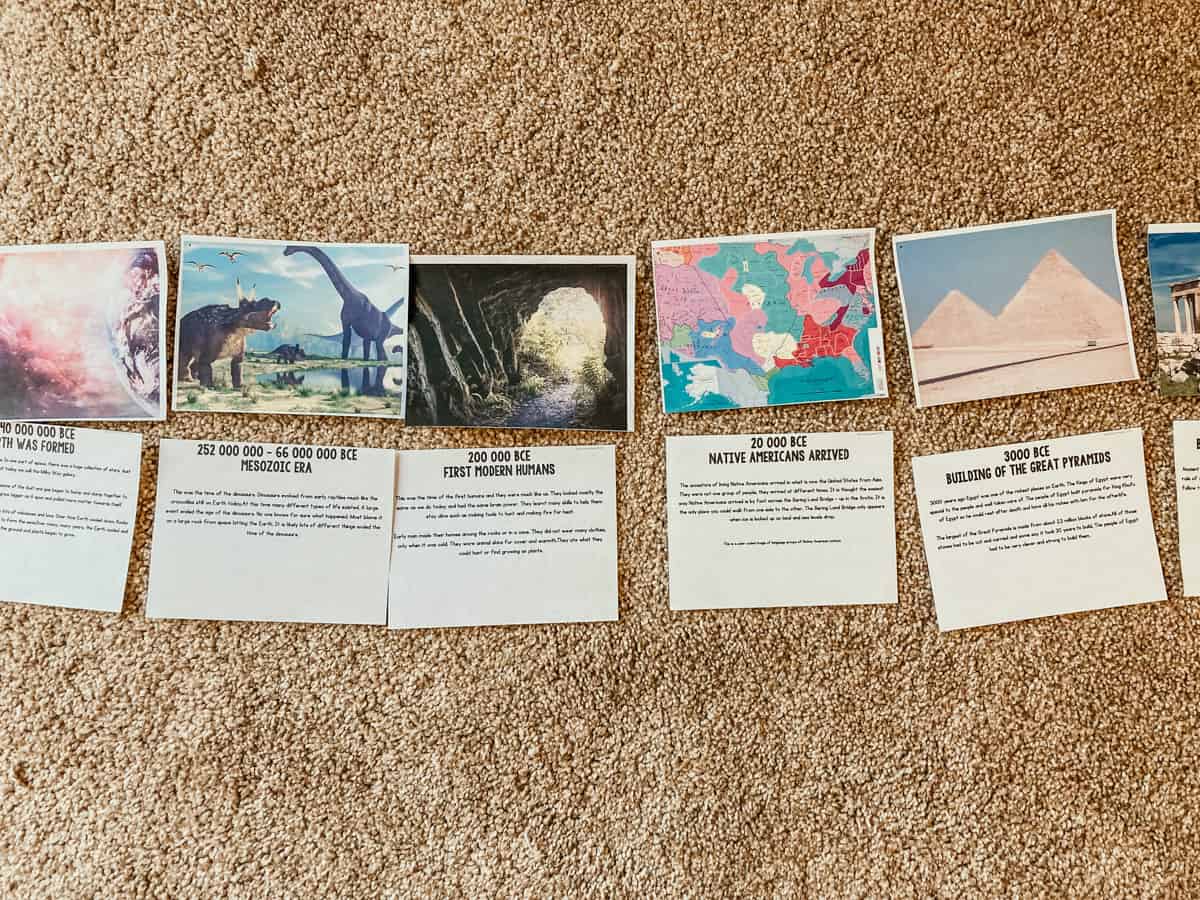
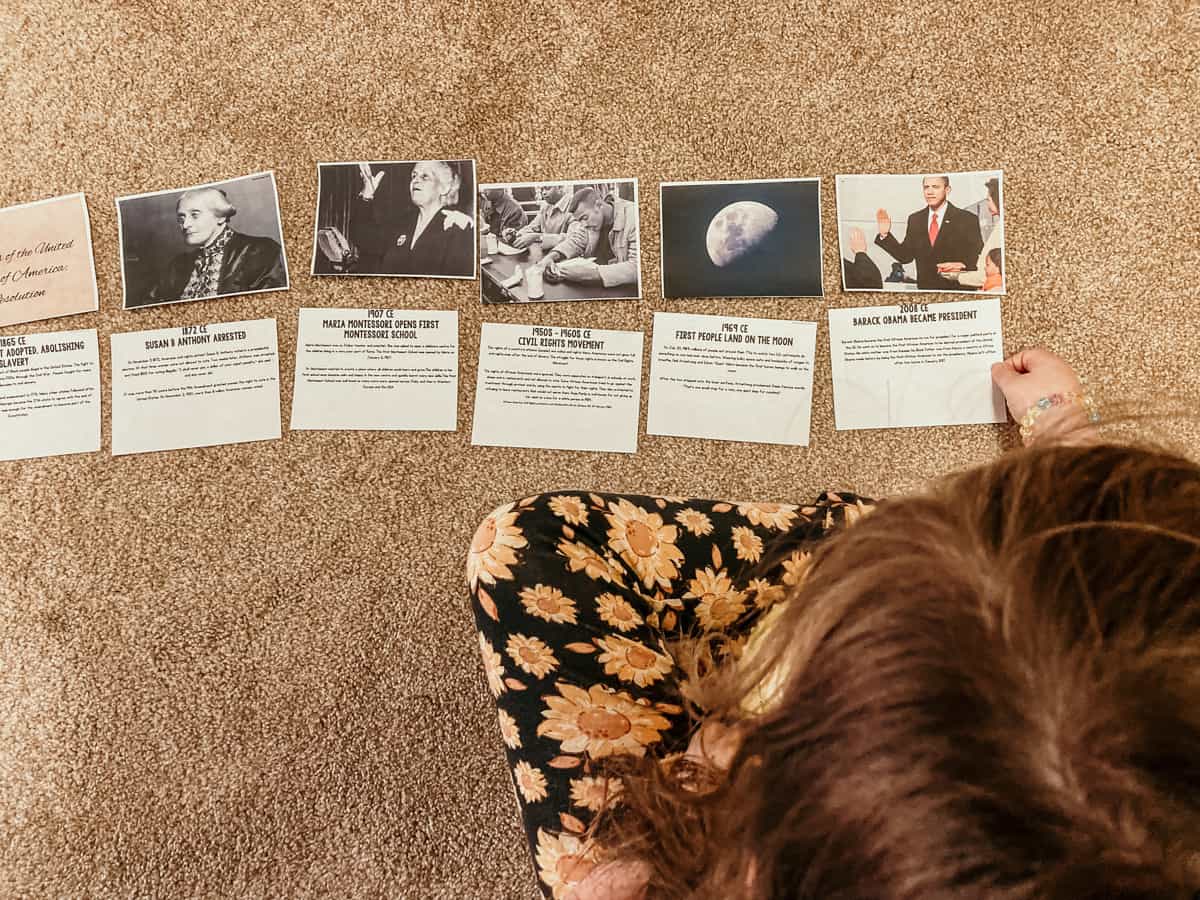
Human History Timeline Matching
Kaia explored these History Timeline Cards by placing the BCE/CE dates in order with assistance and then matching the images to the description.
These timeline cards are also part of the Montessori Fifth Great Lesson.
Get 16% off your purchase from Montessorikiwi here.

Looking for resources to help your child explore women changemakers and innovators?
The Women Who Make History Collection by Rachel Ignotofsky is a beautifully illustrated collection of books about 150 fearless women your child will want to know more about.
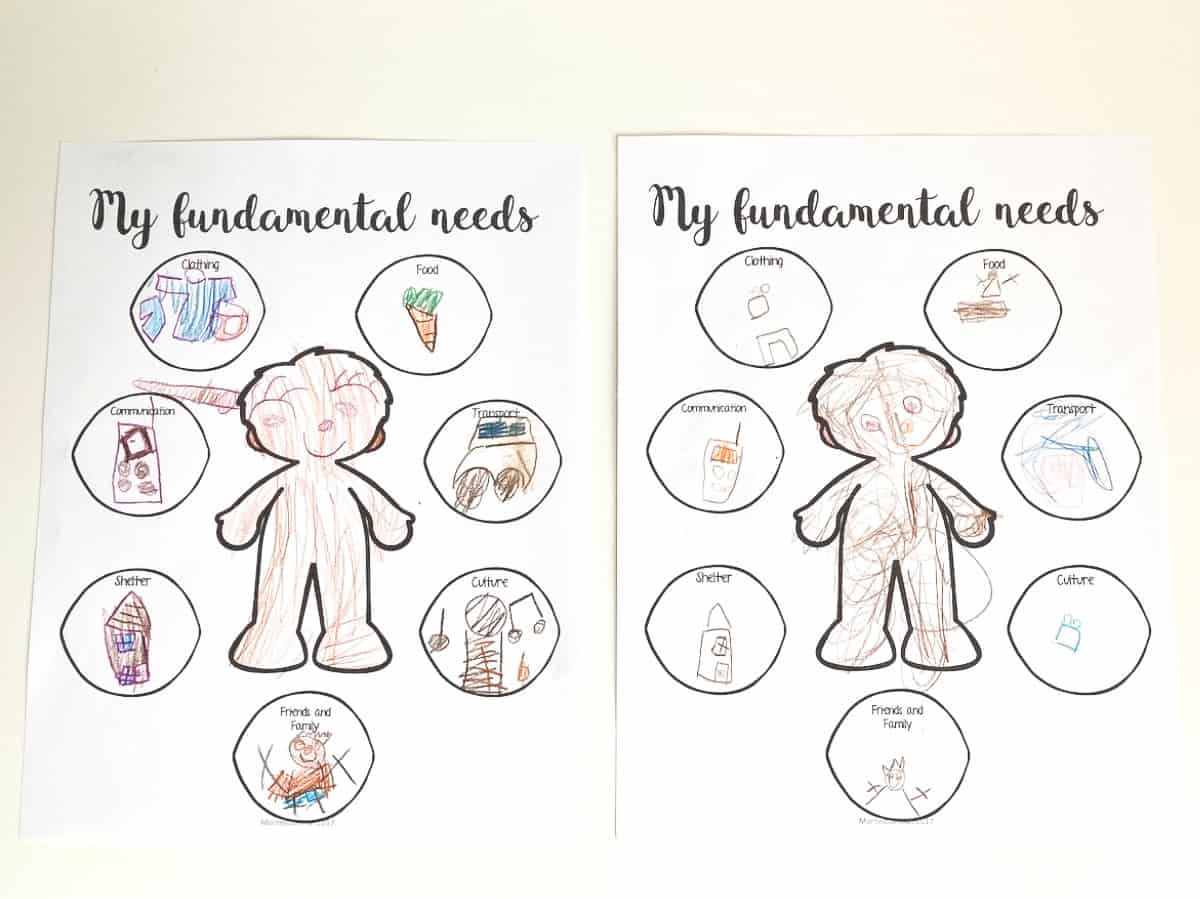
My Fundamental Needs
Another day, we briefly looked at the Hand Chart and the Spiritual and Material Needs Chart in the FREE Cultivating Dharma History Album. These My Fundamental Needs printables were a great follow-up to those discussions and really useful for both Kaia and Noah.
Get 16% off your purchase from Montessorikiwi here.
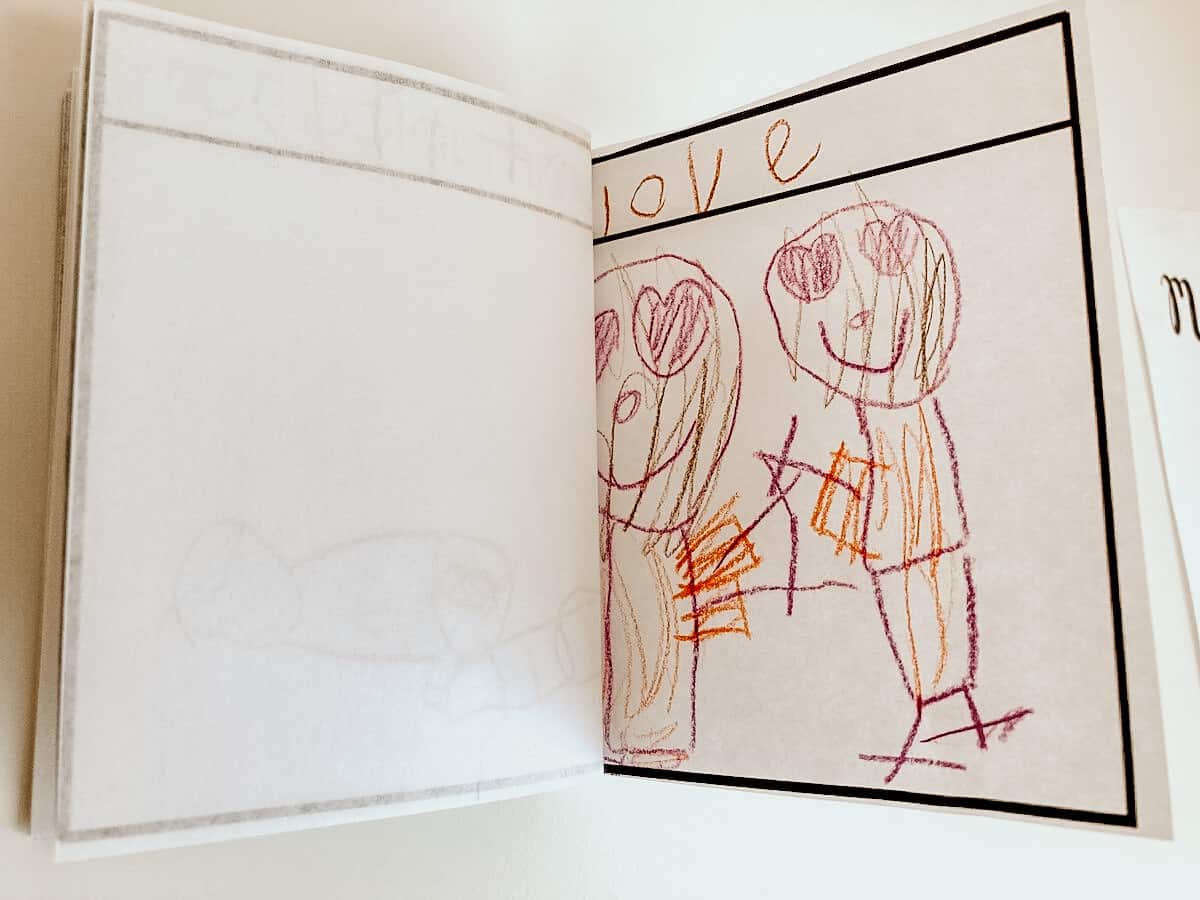
Kaia also created this My Fundamental Needs booklet which is part of the same printable.
Get 16% off your purchase from Montessorikiwi here.
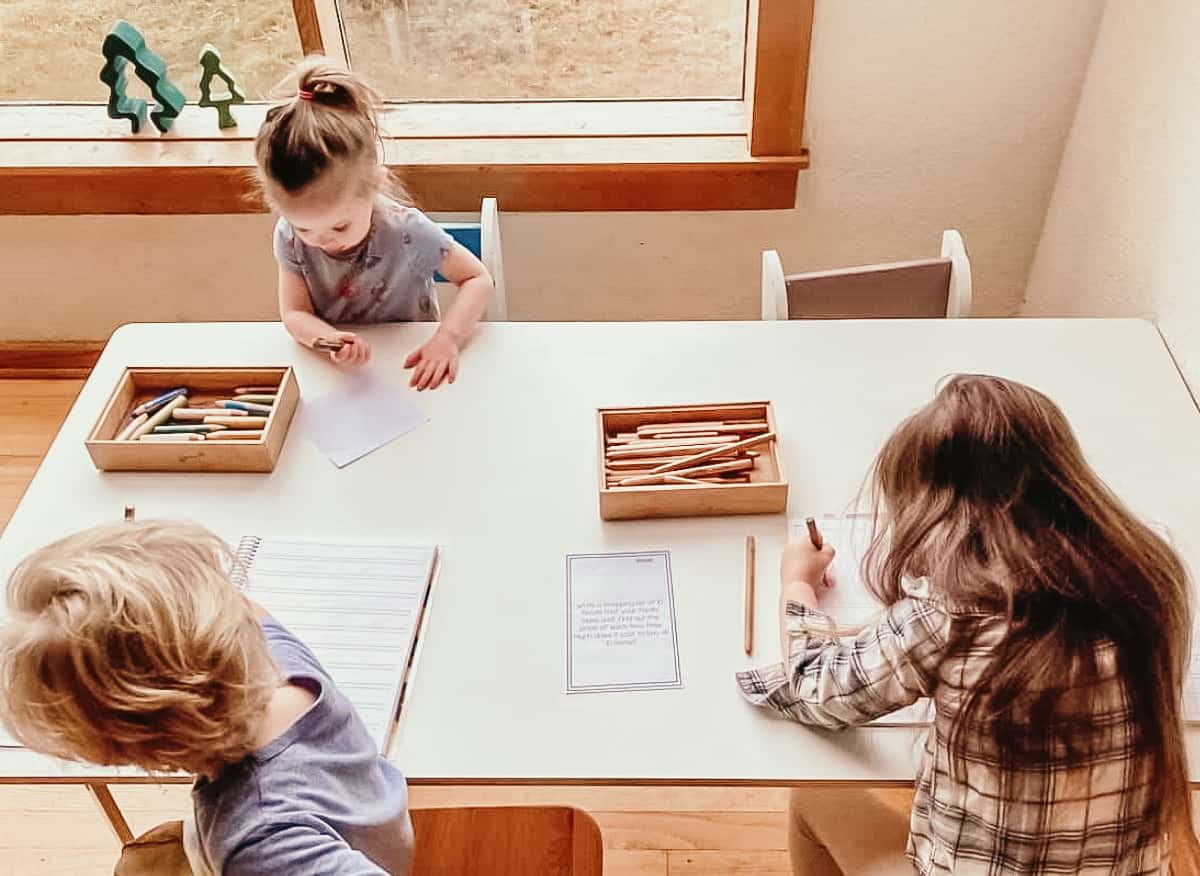
Fundamental Needs of Humans Extensions
These Fundamental Needs Extensions are awesome because they have several suggestions for each need. It's also easy to adapt the activity to each child's abilities. The kids focused on food here.
Kaia drew 10 grocery items, labeled them, and researched the price of each item with assistance. Finally, she calculated the total cost. Noah drew and colored 10 containers of yogurt - his favorite food right now. Katalina happily doodled her interpretation of the assignment alongside her siblings.
Get 16% off your purchase from Montessorikiwi here. You can also find a freebie sampler version of the Fundamental Needs Extensions in the Montessorikiwi freebie library for subscribers.
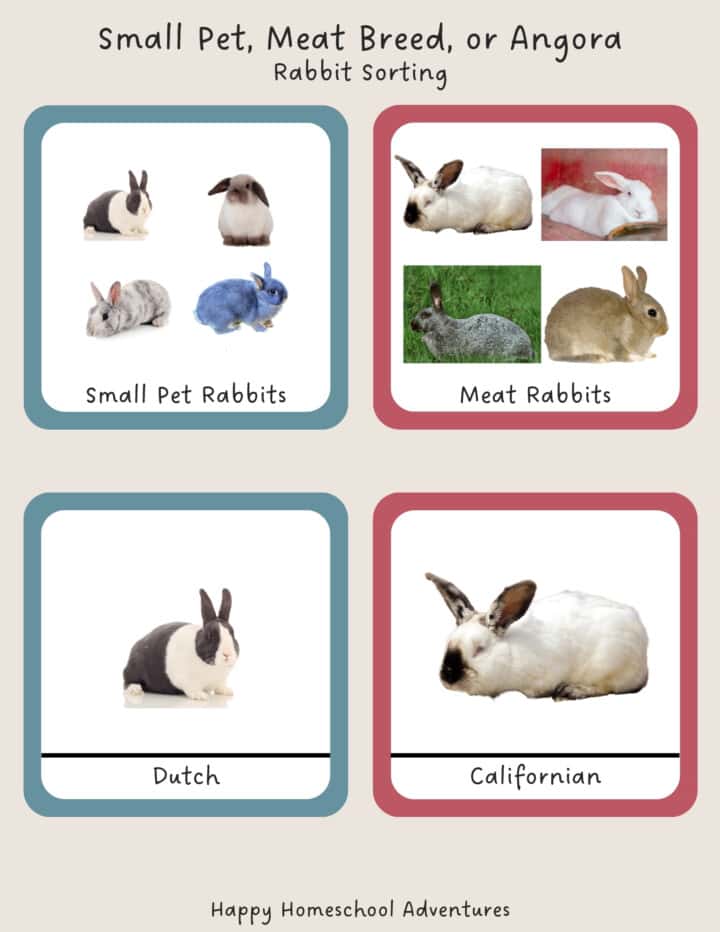
FREE Rabbit Sorting
Includes a rabbit care checklist!
Free Rabbit Sorting & Care Checklist
Grab your free rabbit sorting activity above. Kids can sort the cards into rows or columns using the heading cards: Small Pet Rabbits, Meat Rabbits, and Angora Rabbits. The colors of the cards provide a control of error so that kids can self-correct when completing this work independently.
Kids can further explore the different types of rabbits and the needs they support: love, food, clothing, or a combination.
These sorting cards also make excellent three-part cards for introducing vocabulary related to rabbit breeds. To use these as 3-part cards, simply print two copies of the printable and then cut the labels off the cards on one of the copies. Children can match the picture and then match the label as they show readiness.
Also included is a free daily rabbit care checklist. Kids can use this checklist as a guide when completing their rabbit care routine. There are extra spaces available to list additional tasks that may need to be completed for your pet rabbit.
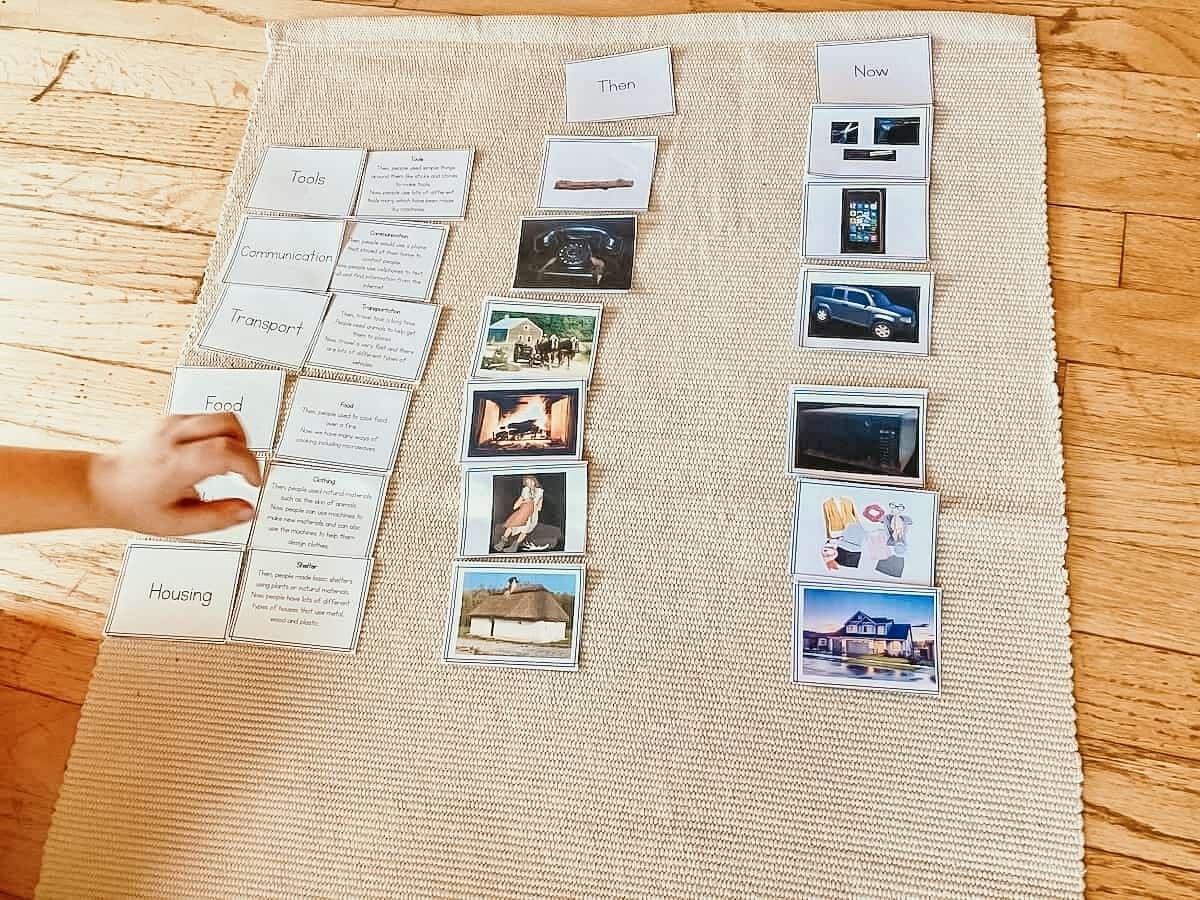
Fundamental Needs Then and Now
This Fundamental Needs Then and Now Sorting Activity was a big hit. This led to a lot of discussion about older forms of communication and housing. Kaia read the captions and Noah placed the picture card under the then and now headings.
Get 16% off your purchase from Montessorikiwi here.
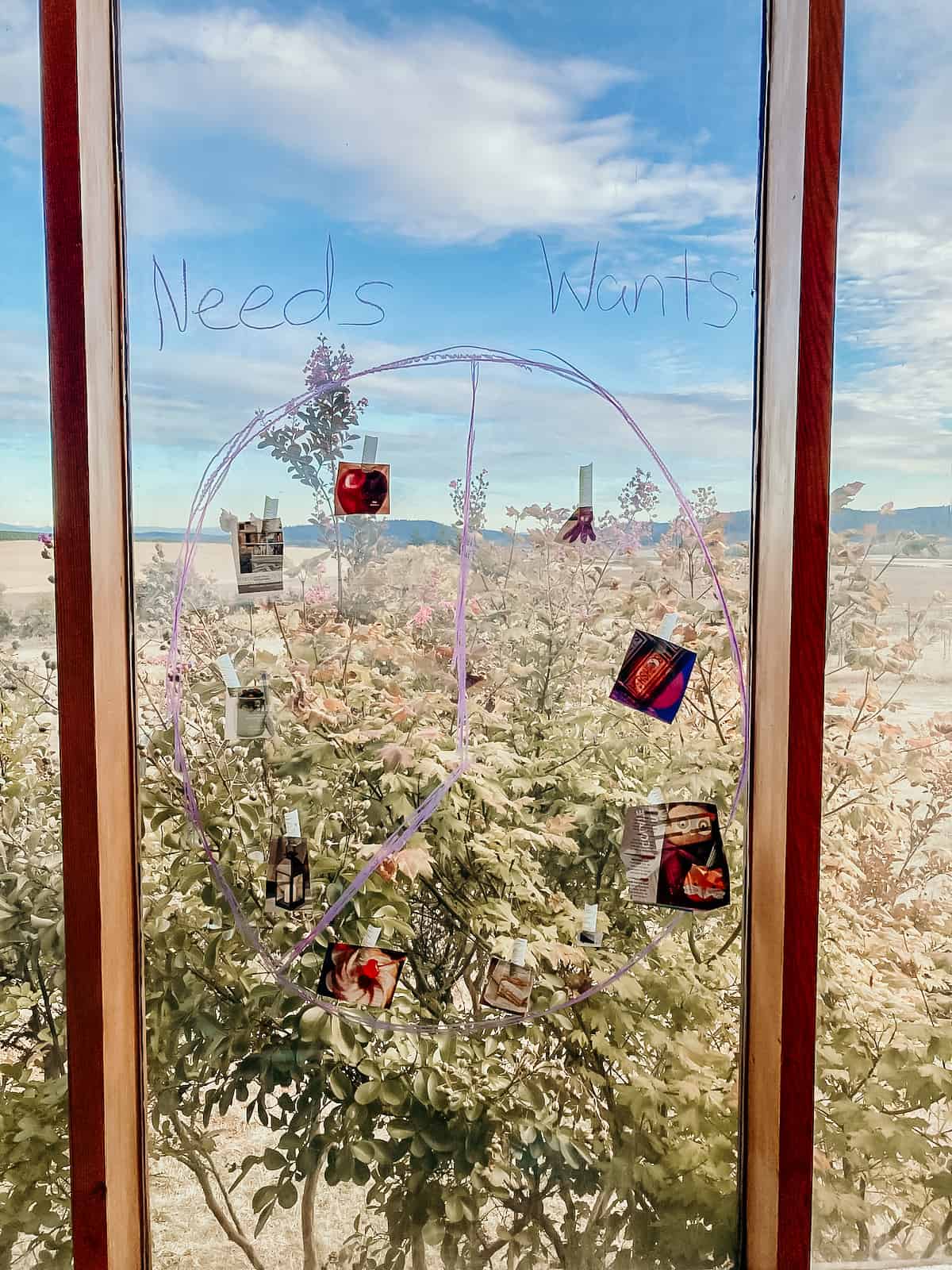
Needs vs. Wants
This was excellent follow-up work to the Human History Timeline and Fundamental Needs work from Wings, Worms, and Wonder. The kids cut out some images from a popular gardening magazine. Afterward, they taped them to the window and together we drew the pie graph. I would definitely recommend doing this for a variety of lessons and conversation starters. They also had a lot of laughs and creative thinking about what can be considered a need.
It was interesting to note that out of the 10 items they cut out, more were categorized as wants than needs. Also, Kaia pointed out that this particular gardening magazine (we're not subscribers so we don't have any prior experience with it) had what she referred to as the world's largest chocolate bar and the world's smallest plant image. That led to an interesting discussion about advertisements.
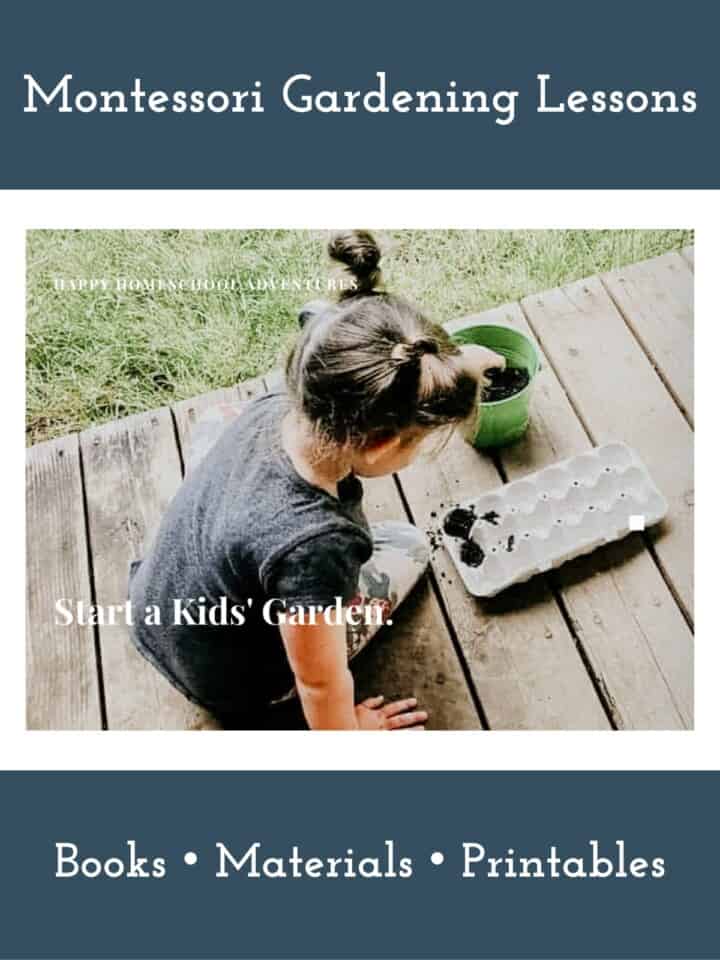
Start a Gardening Program
Free Gardening Lessons for Kids & Adults.
Start a Garden with Kids
Keep it Simple. Using household materials and simple tools, empower kids to grow food and eat healthy with this easy series of lessons that will help you start a garden with your learners.
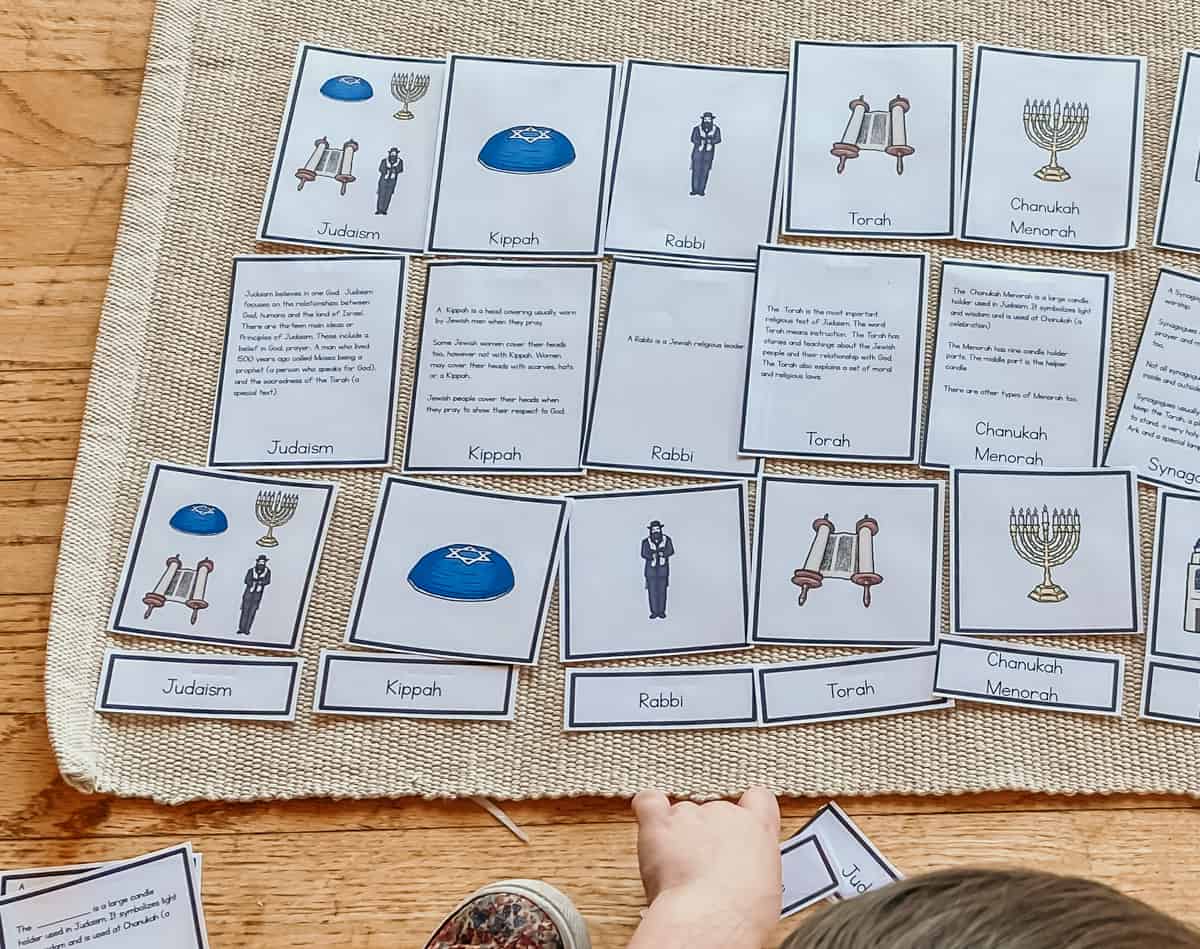
World Religions
These 5-part cards from the Montessorikiwi World Religions and Philosophies Bundle teach kids about Buddhism, Islam, Hinduism, Christianity, and Judaism.
Get 16% off your purchase from Montessorikiwi here.
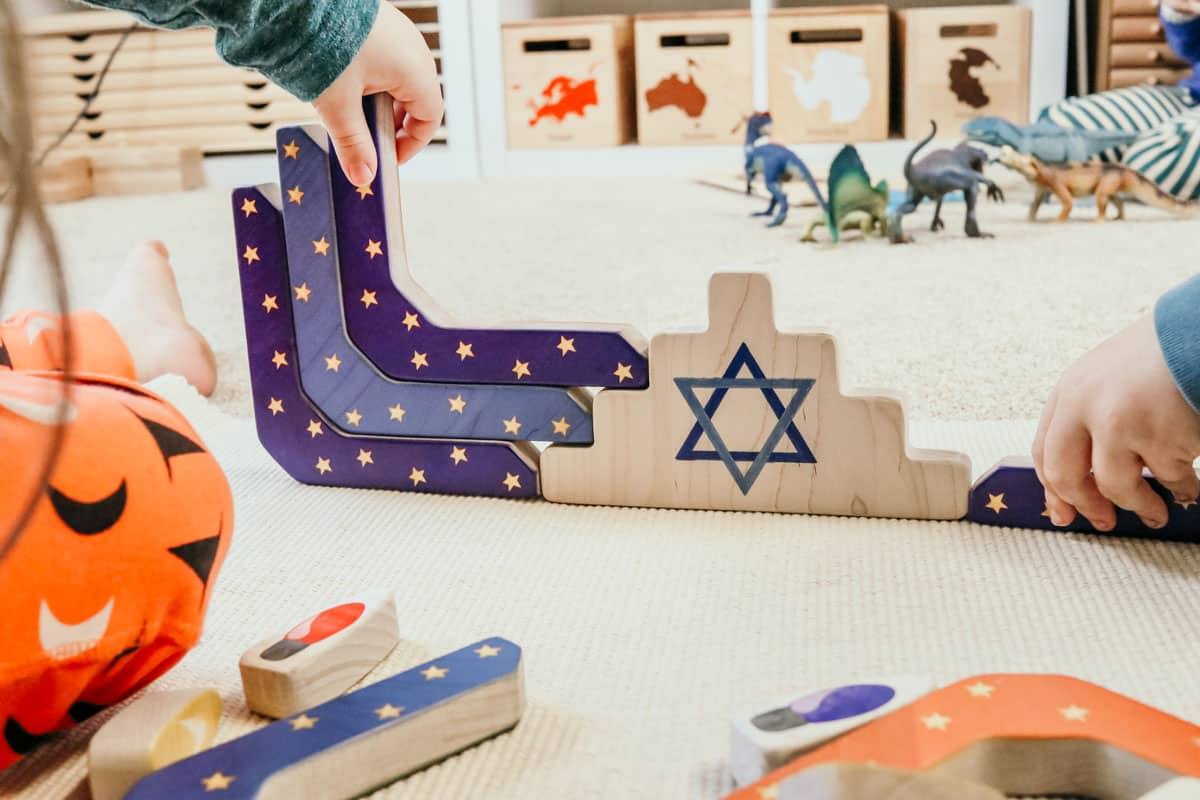
Explore Festivals of Light around the world such as Diwali, Christmas, Imbolc, Kwanzaa, and Hanukkah with this Mirus Toys Double-Sided Festival of Lights Stacker.
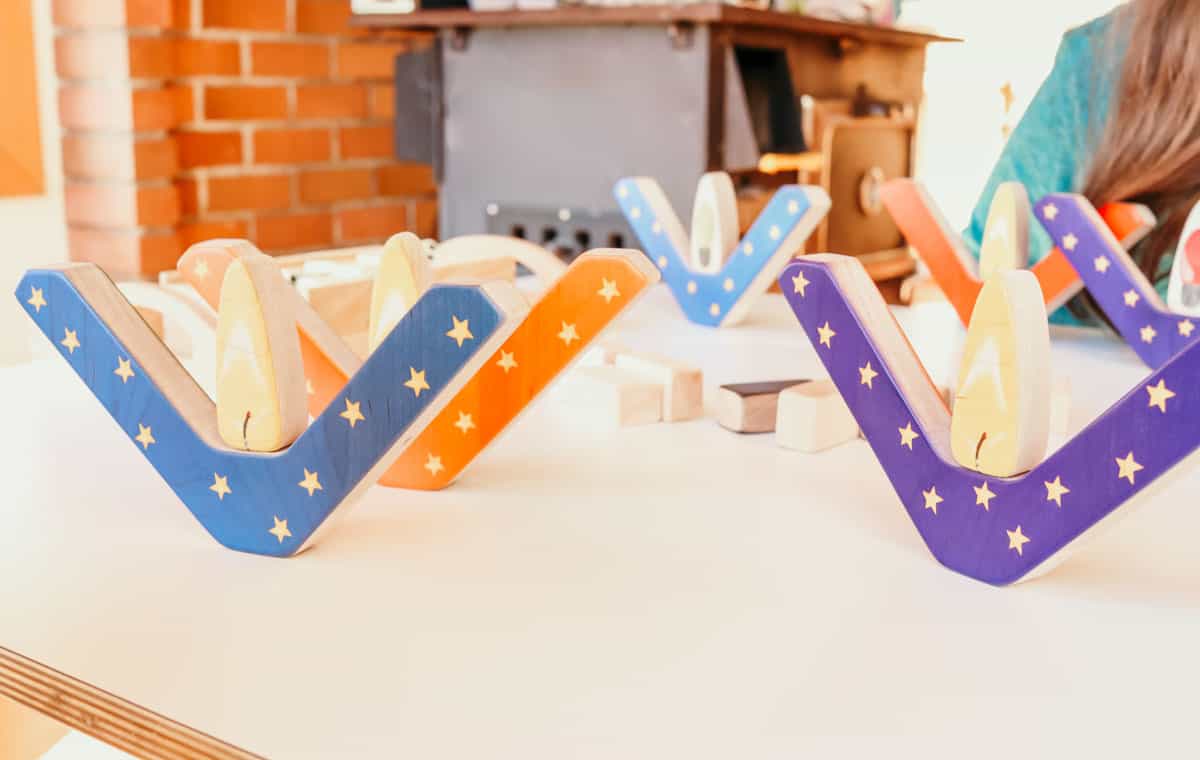
It also includes a birthday cake to go with a sun celebration and a printable book with pics:
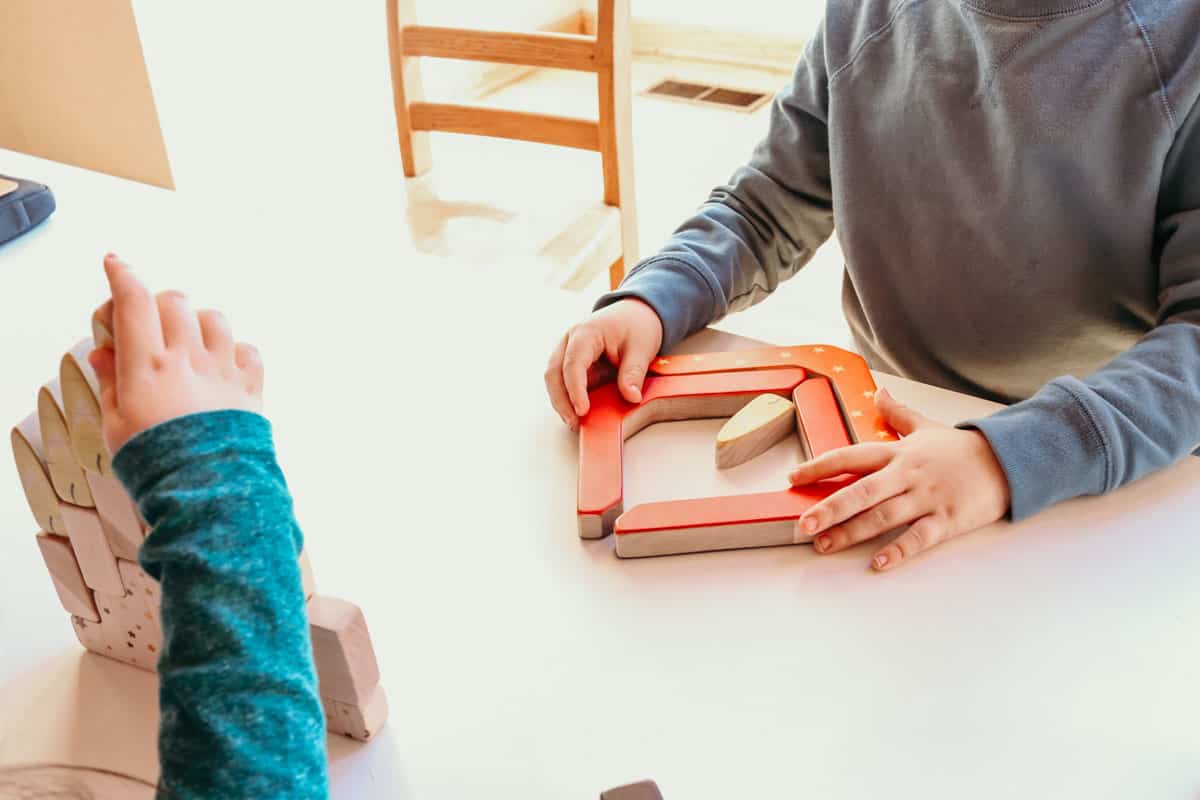
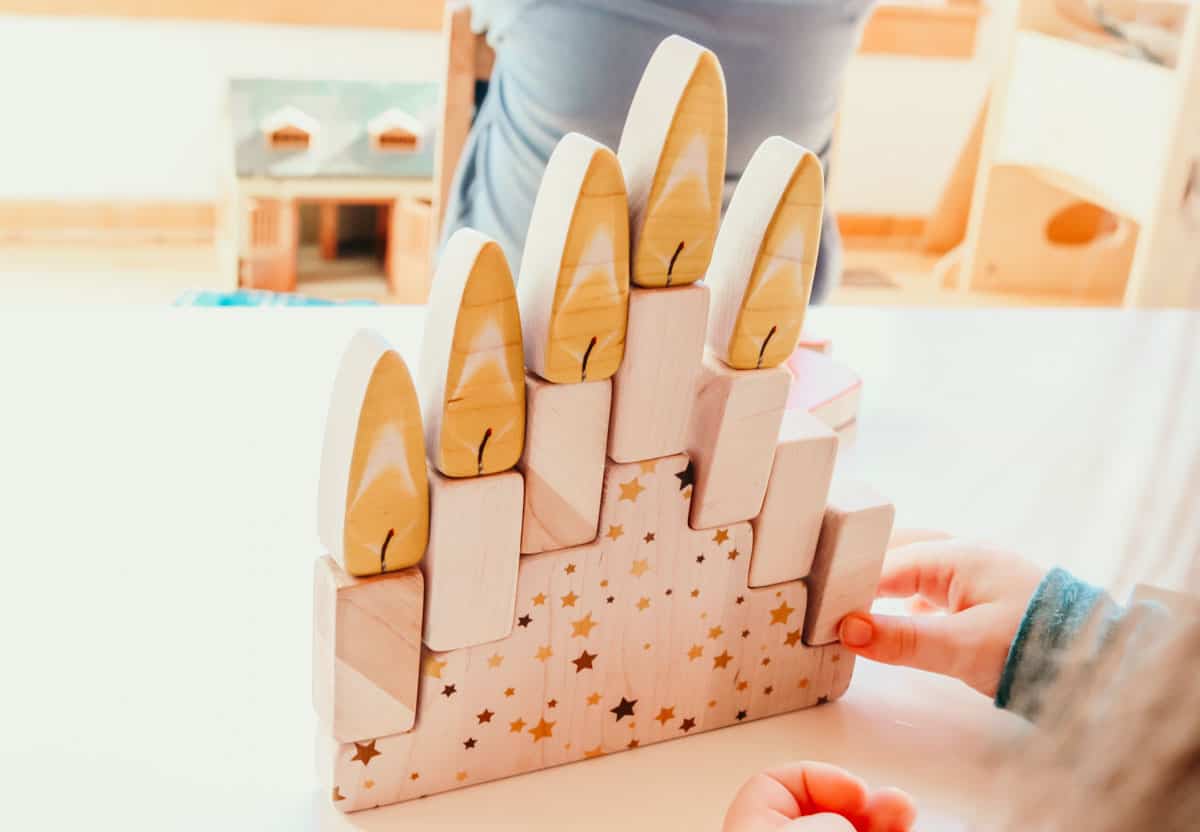
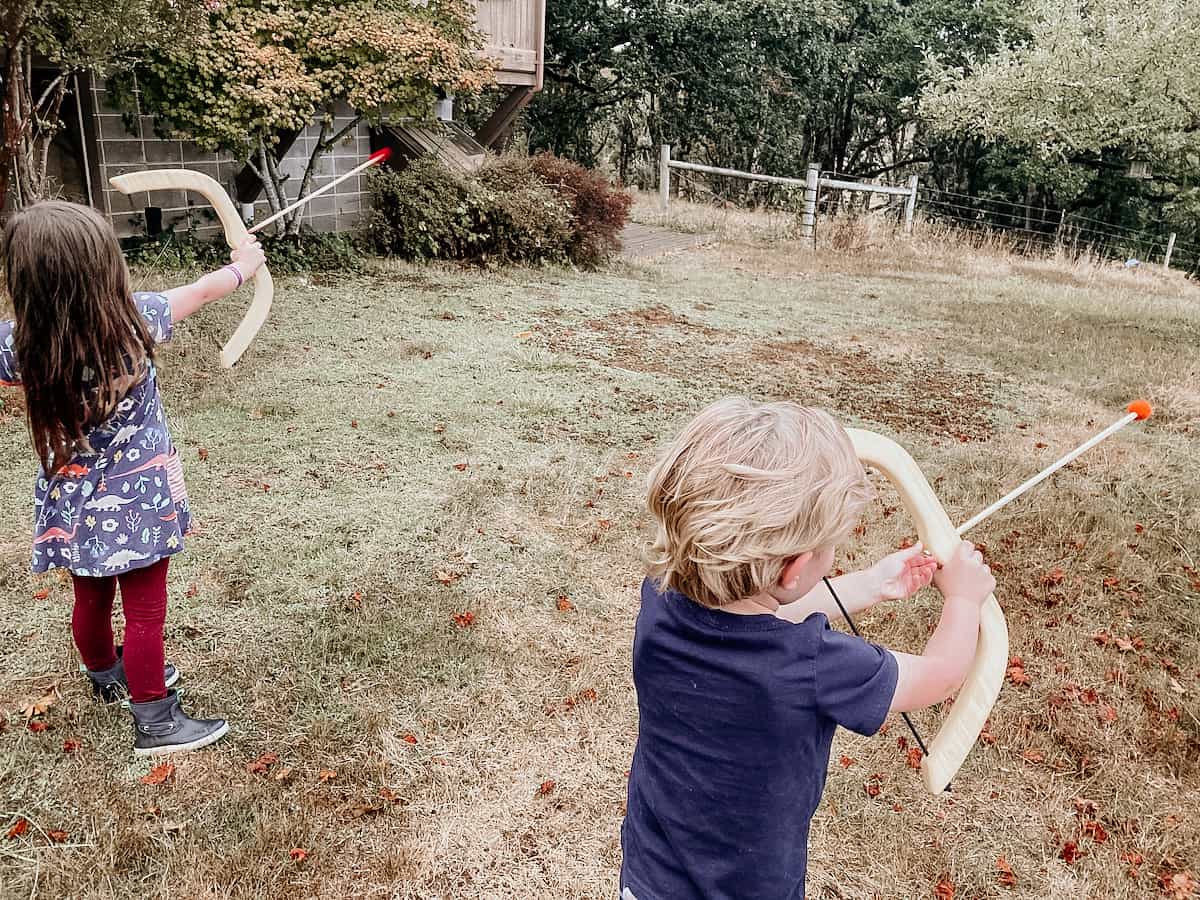
Tools for Hunting
Early season bow hunting just concluded by us and everyone gets excited about the opportunity for target practice. These Large Wooden Bows with Arrows are handmade at Treasures From Jennifer and are great practice for little ones.
Treasures From Jennifer
These poplar bow and felt-tipped arrows are perfect for ages 4+
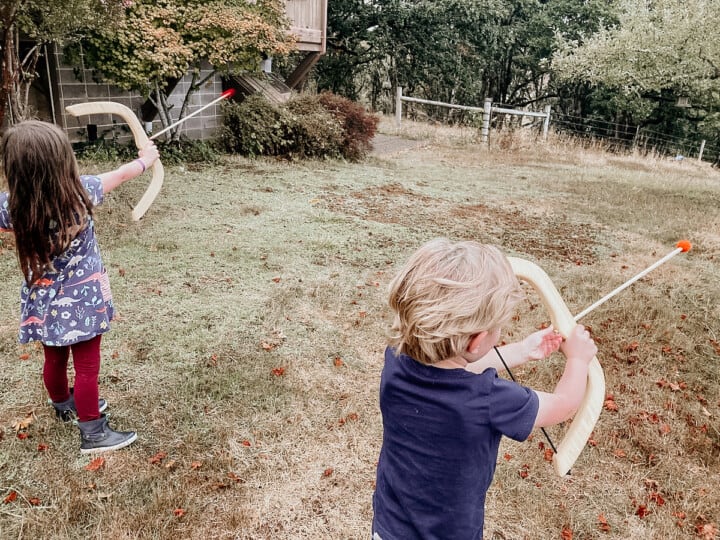
Additional arrows and a matching quiver are sold separately.
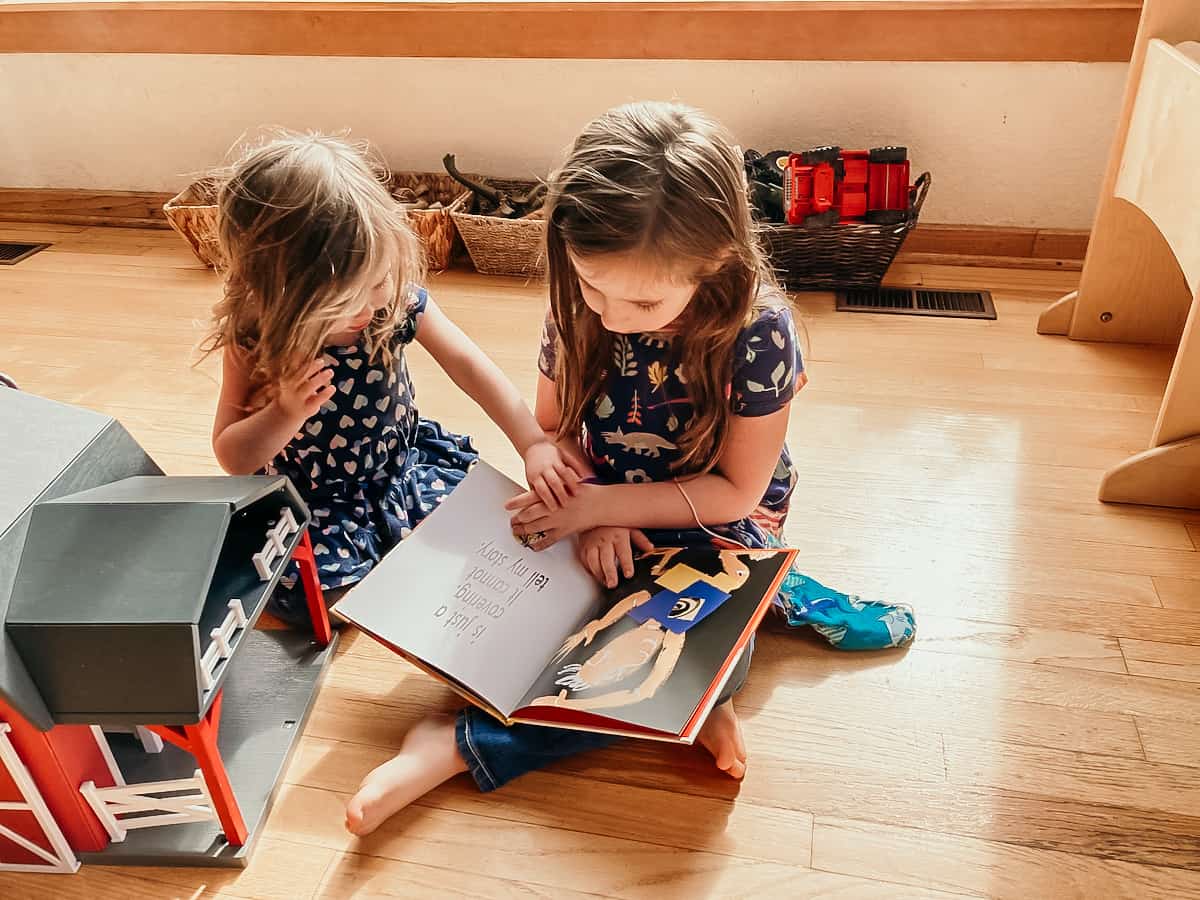
Kaia likes reading aloud to everyone. She read Skin Again and All the Colors We Are to her siblings. Afterward, she decided to grab some materials out of her Art cabinet.

Tools for Creating Art
Kaiai and Noah explored Art materials as tools. We've done this particular Skin Tone Painting activity from Different Differenter a couple of times already and it's always fun using the watercolor paint palette, Stabilo 3-in-1 watercolor crayons, and these Lyra Skin Tone Colored Pencils.
First, they experimented with using a paintbrush to mix the red, yellow, and blue watercolor paints in order to create their own unique skin tone. Next, they experimented with watercolor crayons and some water. Finally, they used skin-tone pencils.
They concluded that watercolor paints are the easiest to mix together but also more difficult to create a match to their skin color. In addition, they noted that skin-tone colored pencils are the easiest to use on paper, but they don't mix together easily to create a new color. They found that the watercolor crayons gave them the color combination that's closest to their skin tone.
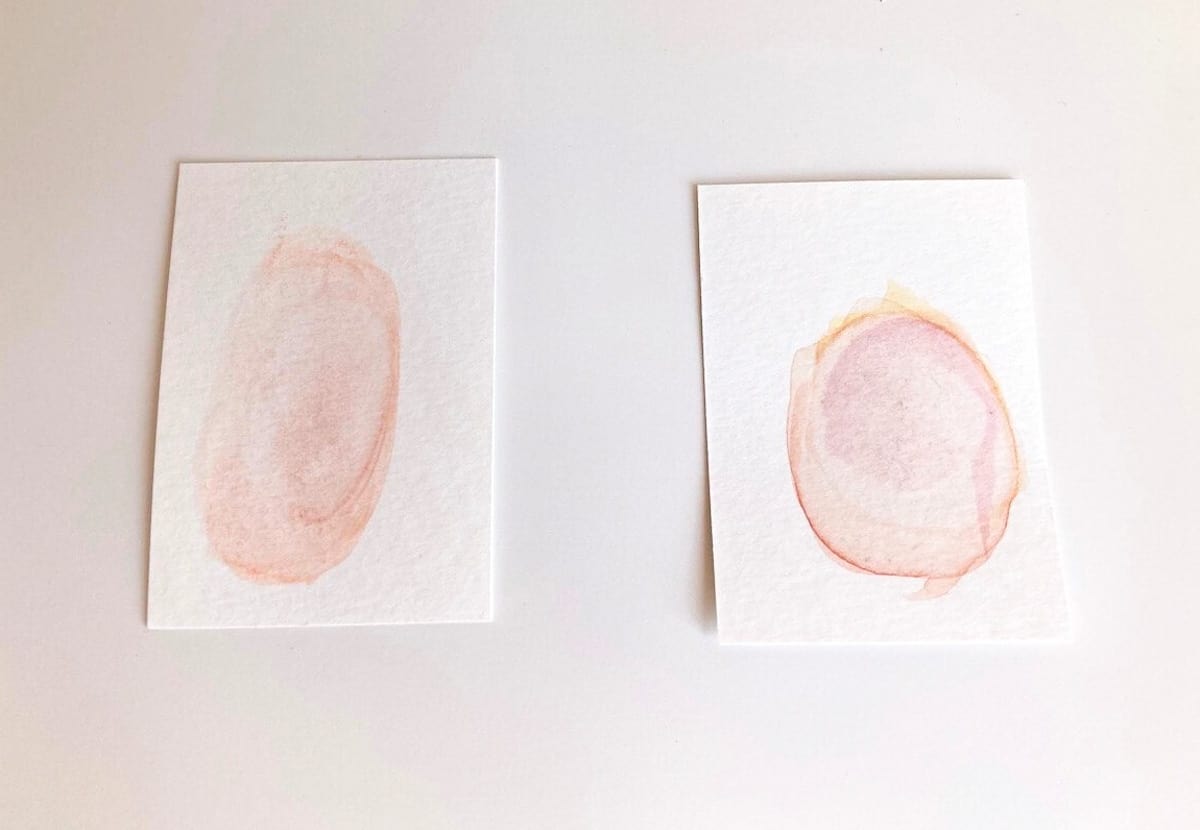
Skin tones using Stabilo 3-in-1 watercolor crayons on the left and the watercolor palette on the right. They identified that they both have pale white skin and Noah has cool, red-pink undertones.
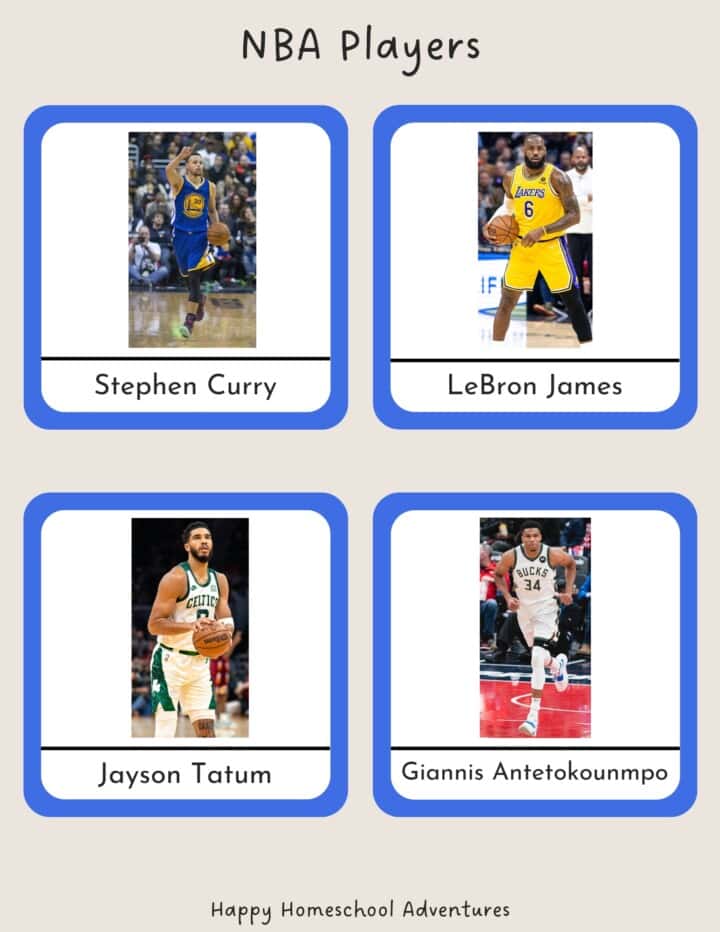
FREE NBA Three-Part Cards
Who's your favorite player?
Free NBA Basketball Players Three-Part Cards
Here are tools for exploring skin tones and learning to read. Grab your FREE three-part cards to go with your favorite players. These 3-part cards are designed to be used with a collection of NBA action figures or with your favorite books.
Match the action figures to the picture cards for object-to-picture matching.
To use these NBA player cards as 3-part cards, print 2 copies and cut the labels off one of the copies. The youngest of kids can match the picture cards. As kids are mastering letter recognition and letter sounds, they can practice matching the label as well.
Any letter sounds that vary from your typical language lessons present great learning opportunities for kids.
Learning to read has never been more fun than with materials your kids are interested in.
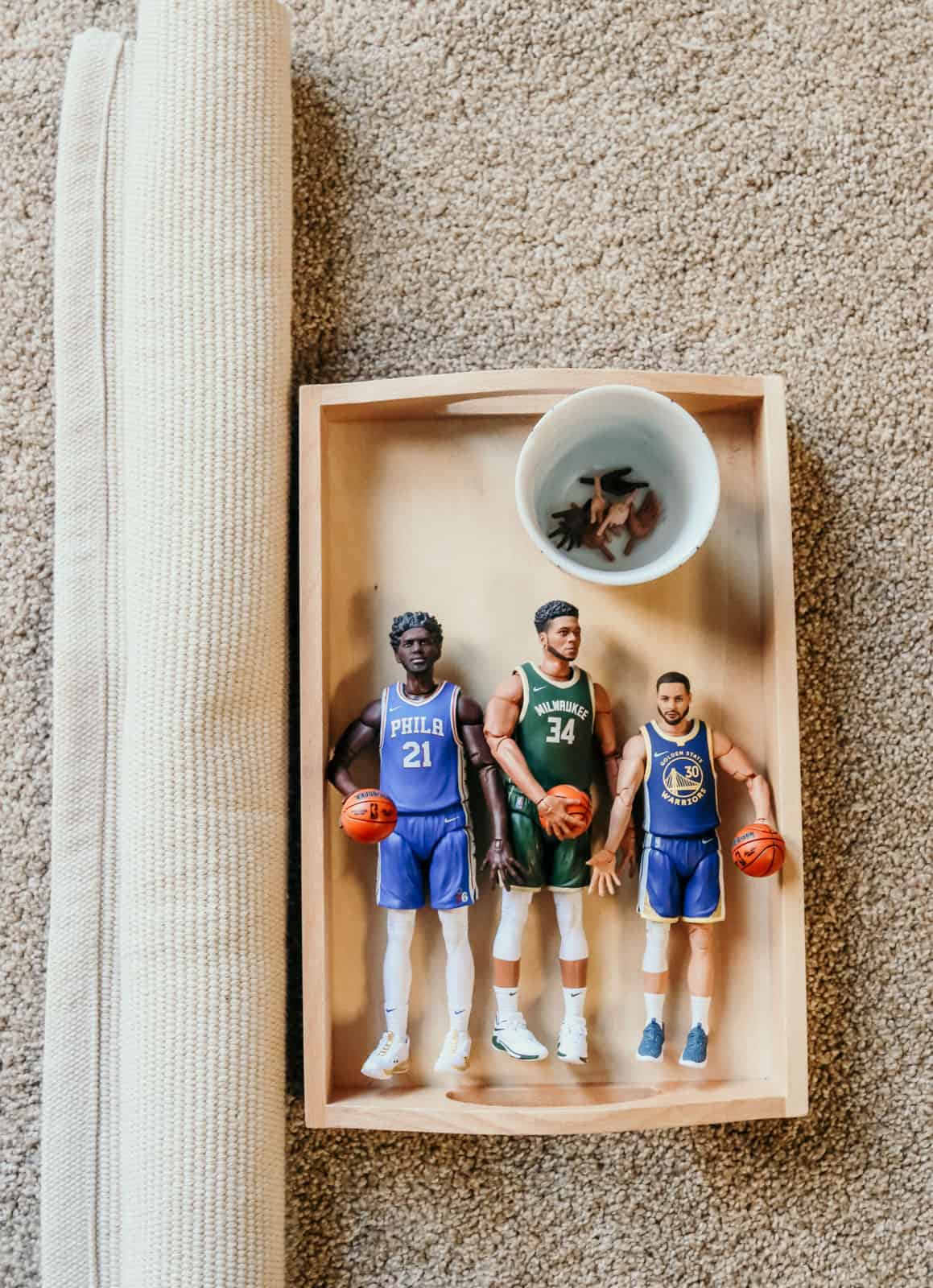
Display these guys on a Montessori tray with their hands in an attractive dish. Kids can match the hands to the player as a skin-tone matching activity.

Handwork Tools
We used stories and lessons from The Work of Wool: A Montessori Handwork Album to learn about the history of wool, the process of wool, and a variety of spindles.
They made drop spindles using small branches from an apple tree. Also, they picked out a Black Walnut Turkish Drop Spindle for comparison and some Oregon Merino Wool Roving for their introduction to spinning. It was cool for them to be able to see the farm and the sheep that provided the wool for our handwork lessons.
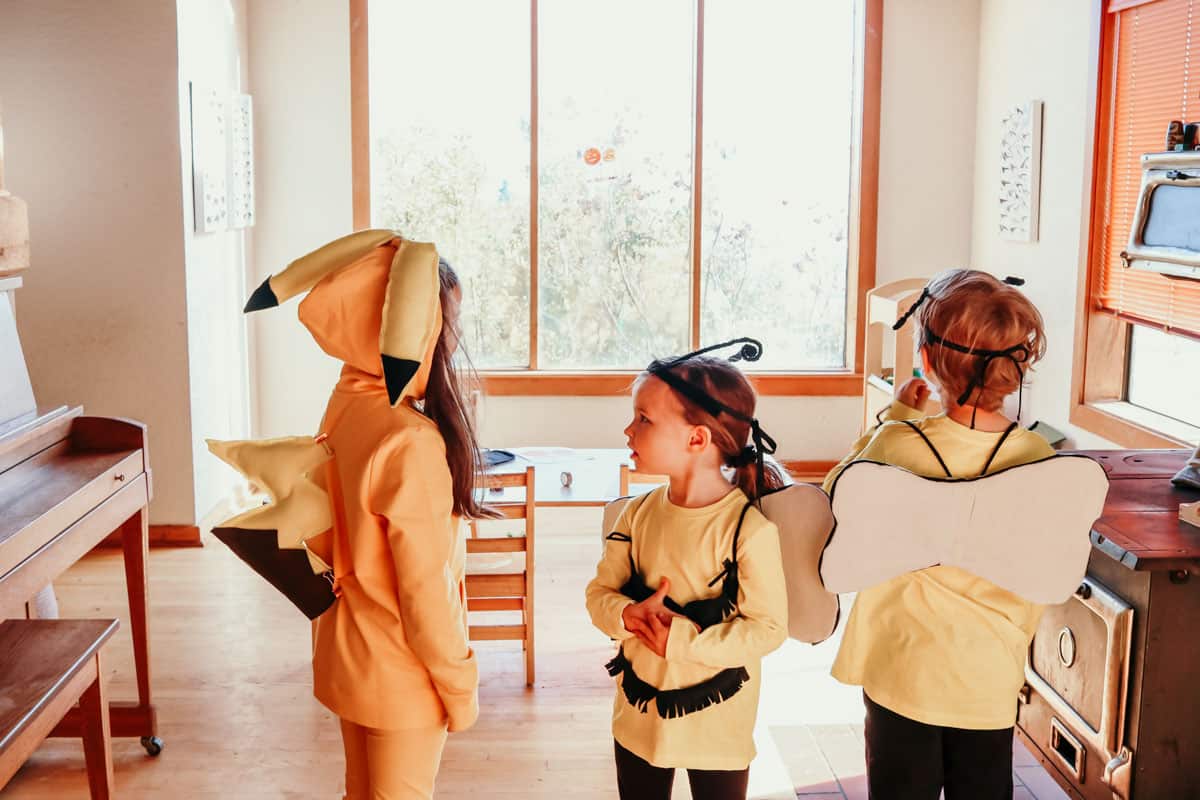
The kids also made DIY Halloween costumes using tutorials from Primary, a clothing company.

I introduced some knife safety rules and they took turns using my Smith & Wesson knife. It worked well because it has a safety mechanism that prevents the blade from closing unintentionally.
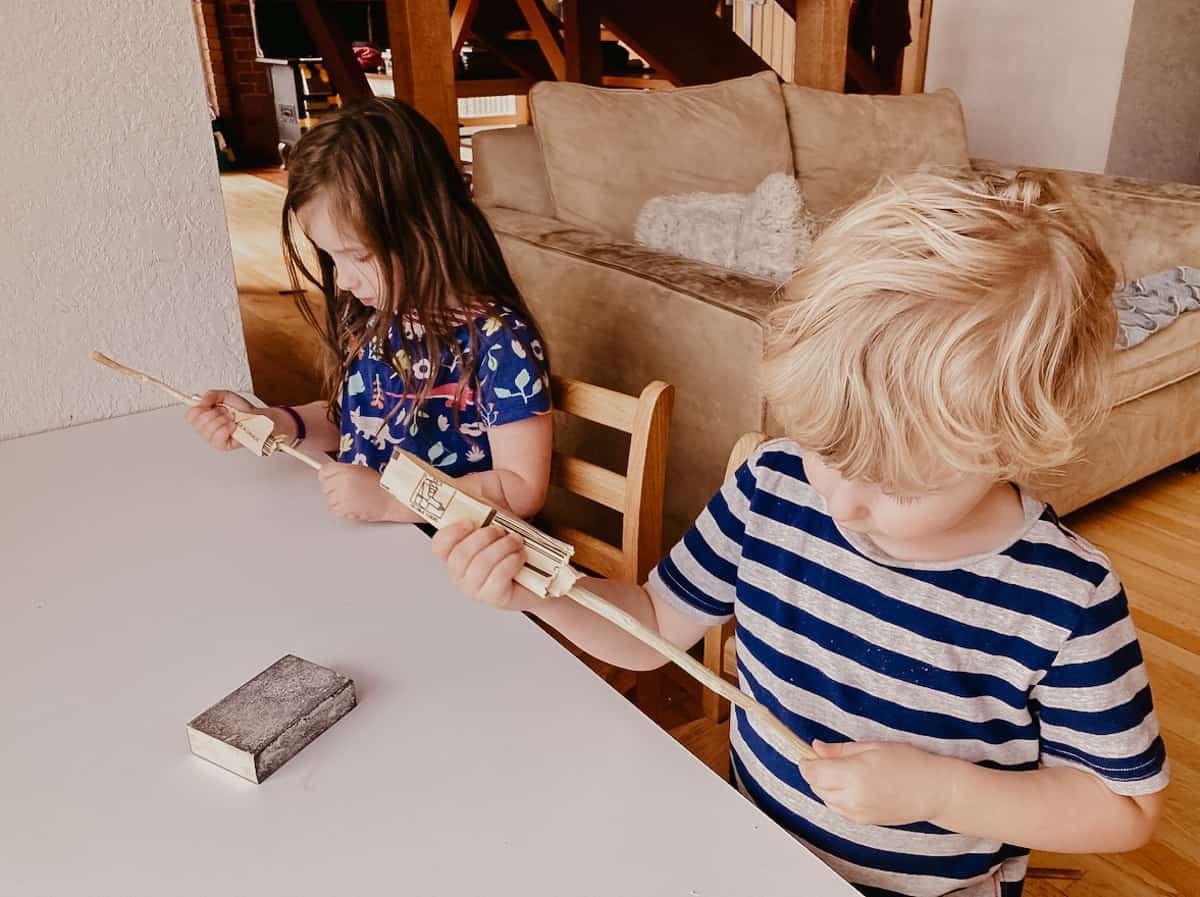
Sanding using coarse and fine sanding tools. There were a couple of iterations to the process as they experimented with various weights for the whorl of the spindle. They settled on a mason jar top and a small block of wood that they secured underneath.
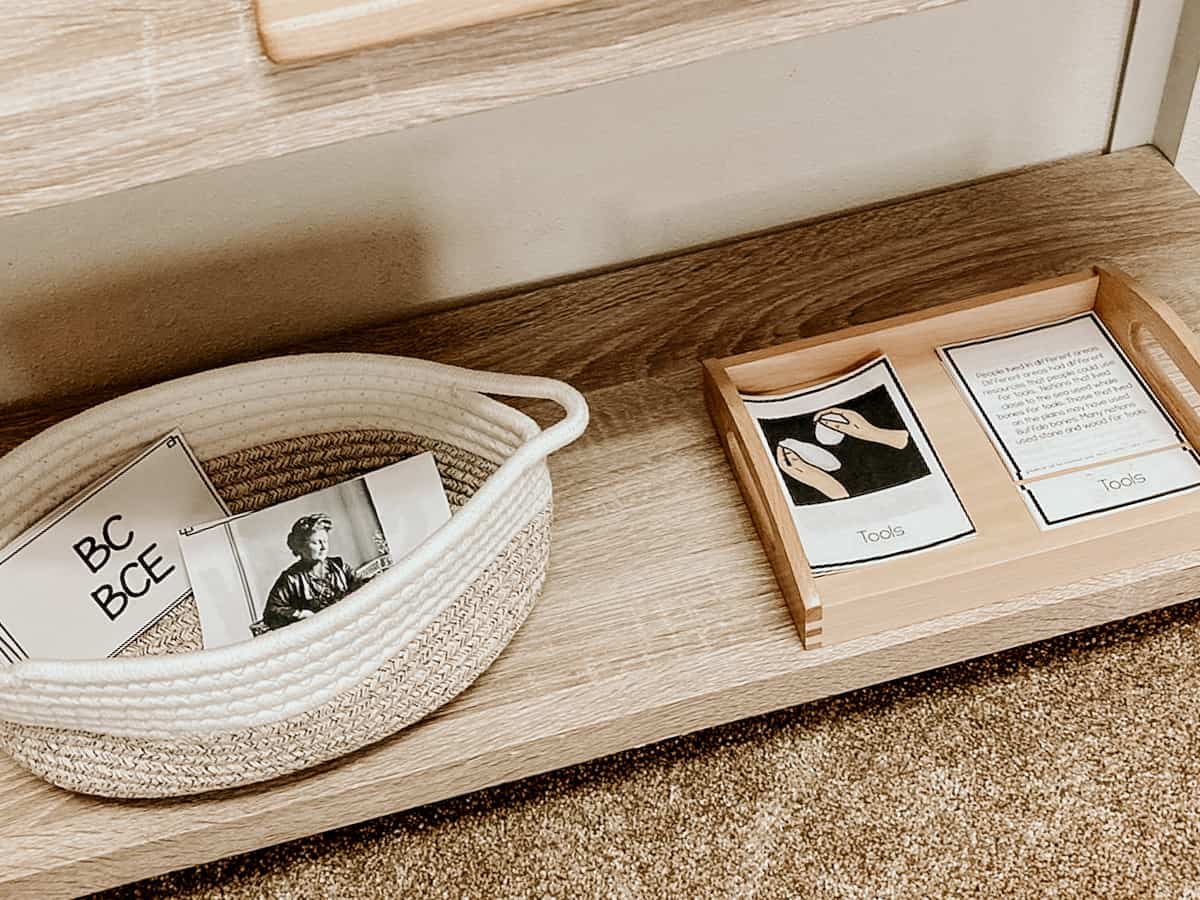
Human History Timeline and Fundamental Needs of Humans Shelf Work
Here we have Fundamental Needs Through Time, including Native Americans Nomenclature Cards displayed on a shelf next to our timeline matching activity.
Get 16% off your purchase from Montessorikiwi here.
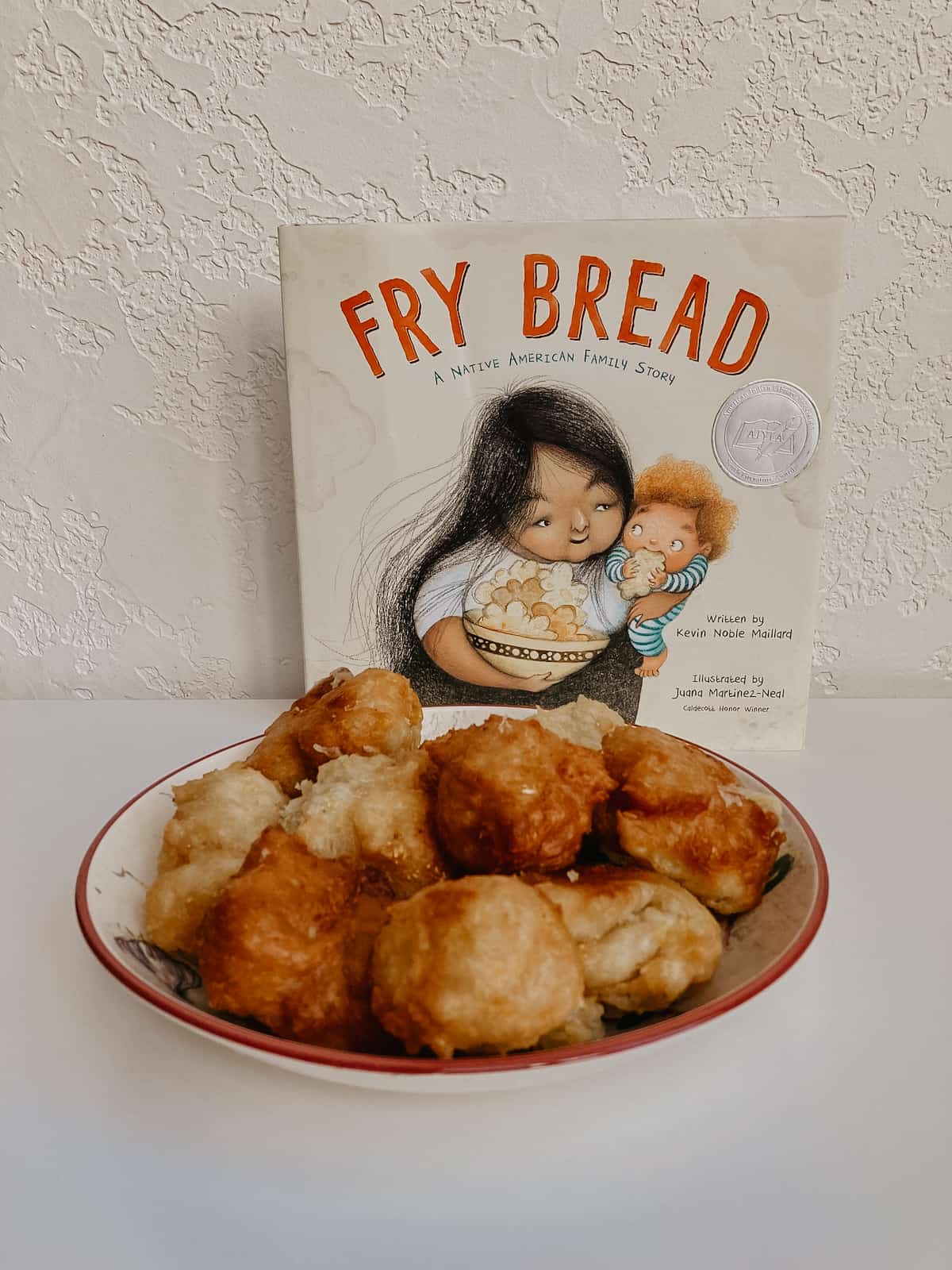
Native American Fry Bread and Kitchen Tools
We recently had the opportunity to follow the Fry Bread recipe and read the book aloud while we waited between steps of the recipe. It was a nice family experience. The kids tried out different kitchen tools when mixing the dough and then frying it in the pan, switching between a wooden spoon and a whisk.

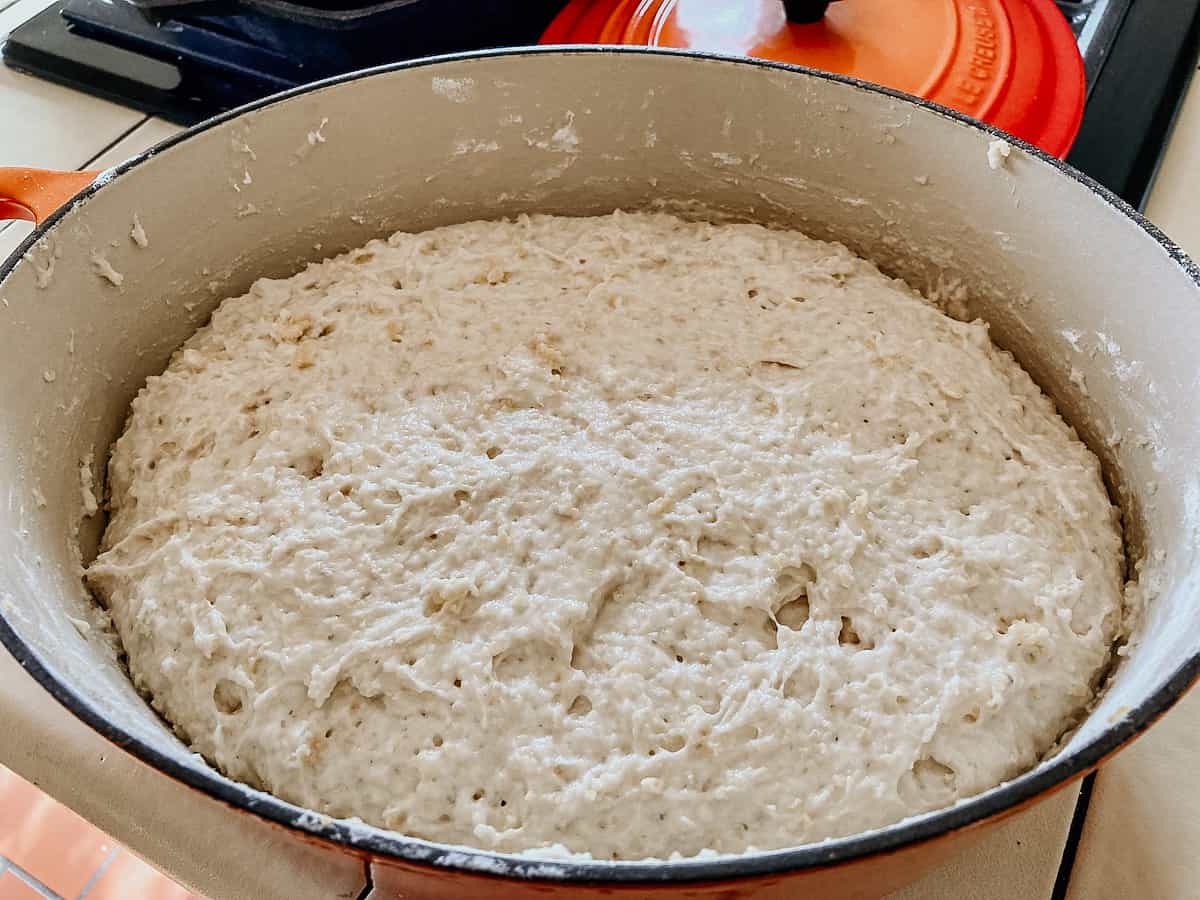
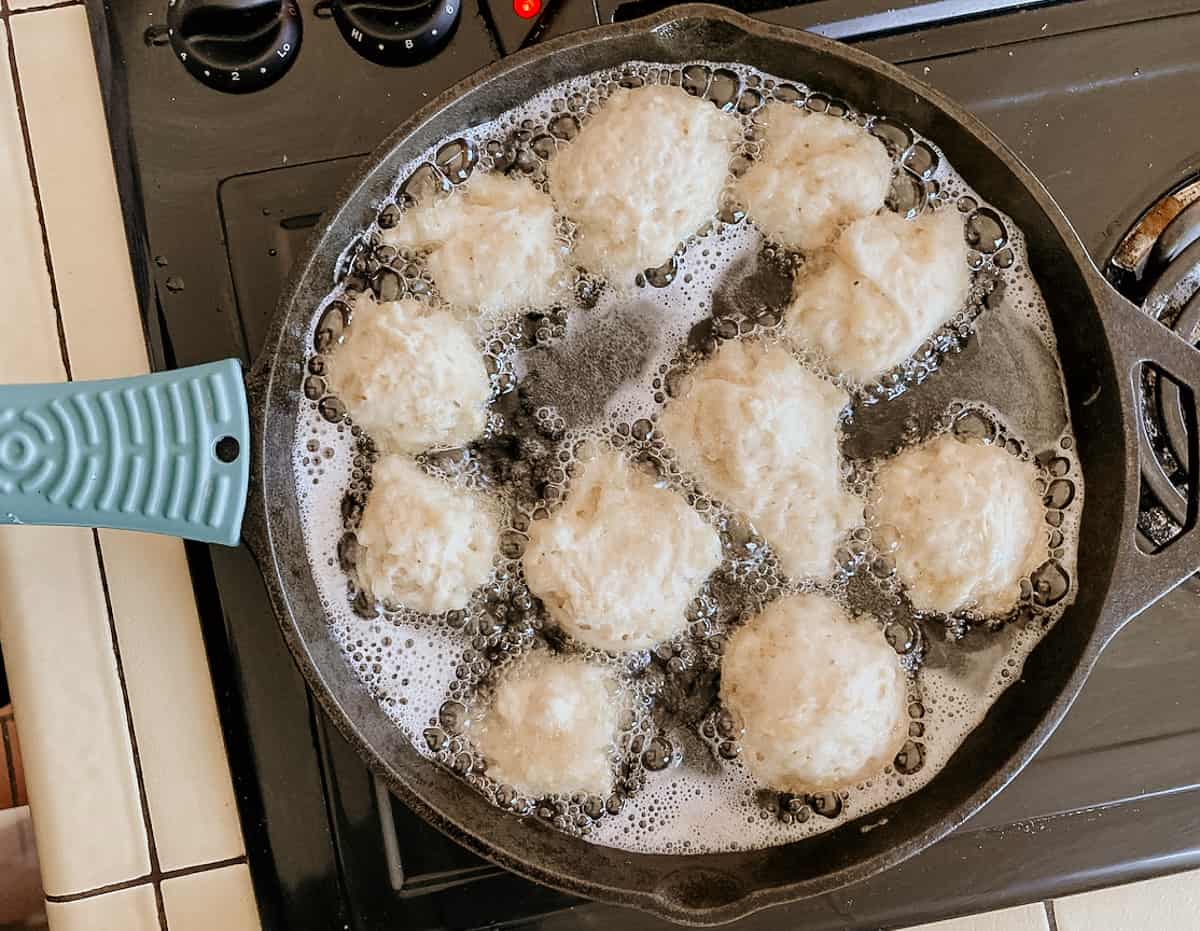
If you have the opportunity, I would definitely recommend Fry Bread for your family. We enjoyed reading it together and it has much to offer in terms of Sensorial, Practical Life, History, and Geography experiences.
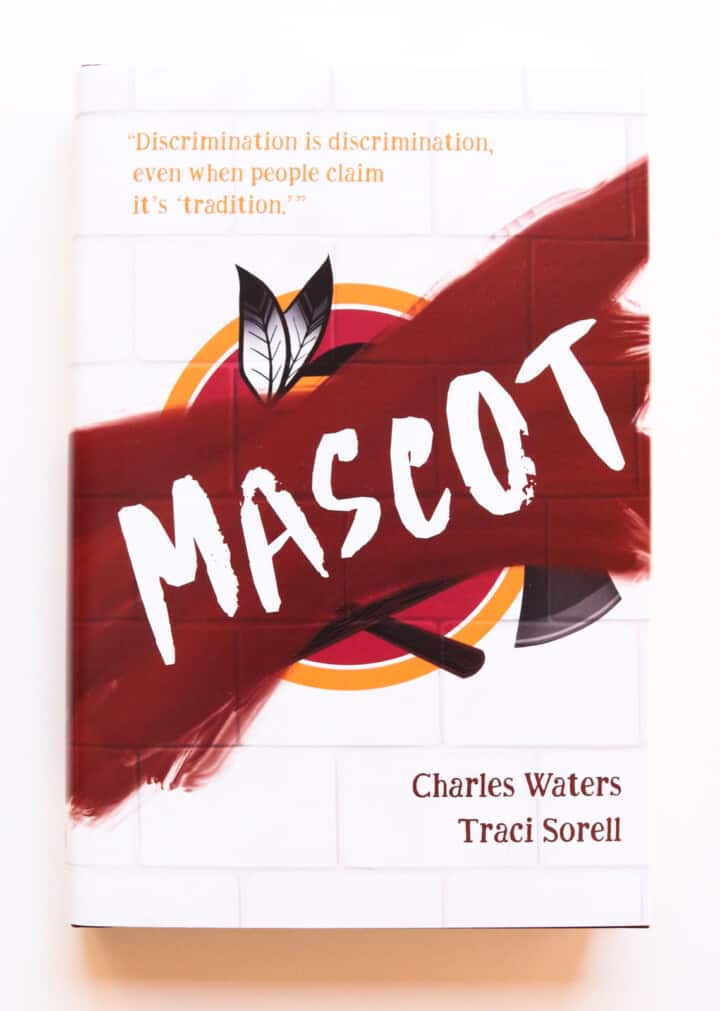
Books by Indigenous Authors
The best books for kids and adults.
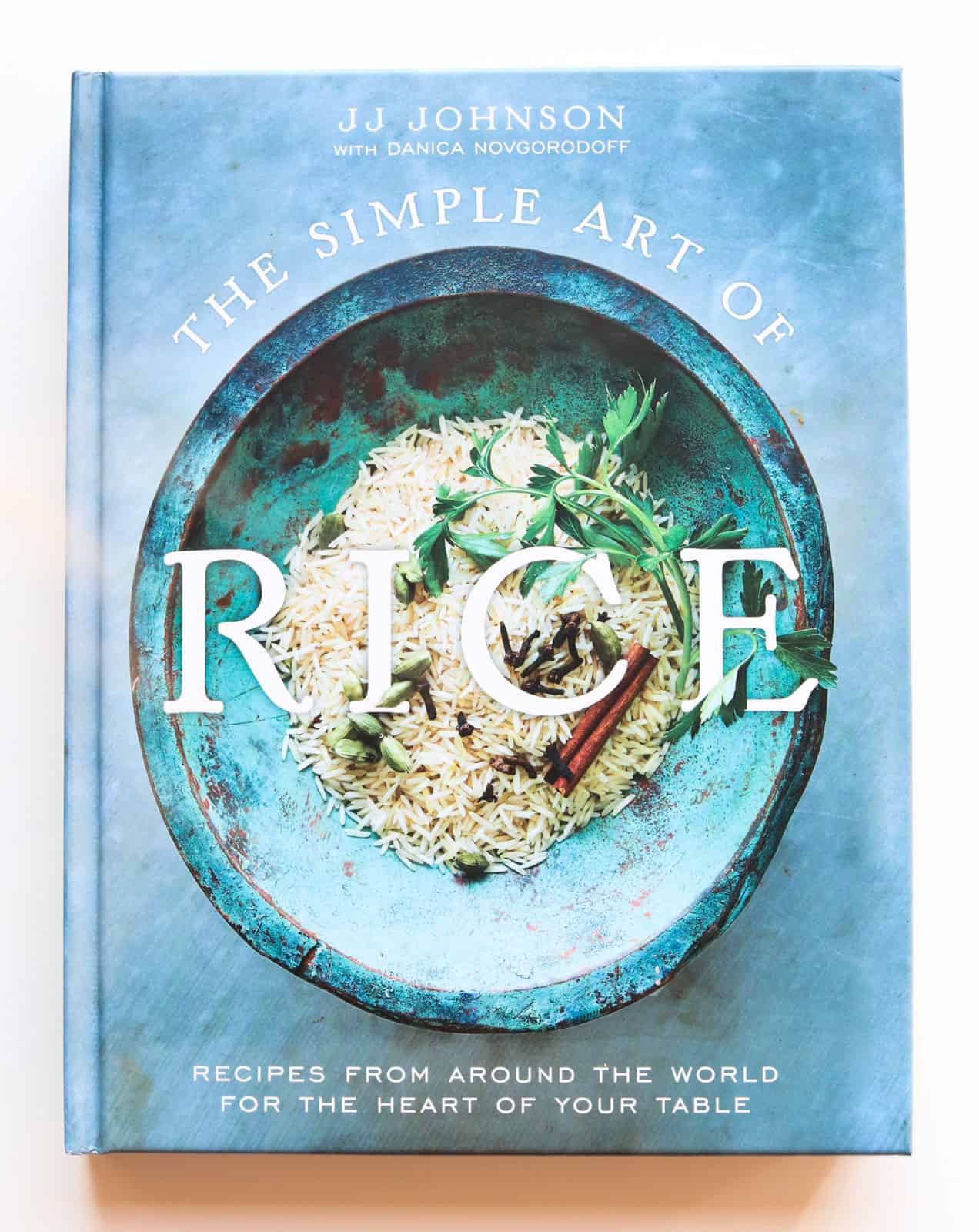
An excellent way to learn about human history and migration is through food. The Simple Art of Rice by JJ Johnson is a complete resource, beginning with the basics of rice cookery before comfortably carrying you around the world and through every meal just as you'd expect with the guidance of a personal chef.
No prior knowledge is required in order to get started with The Simple Art of Rice and Danica Novgorodoff's illustrations are enticing to all ages.
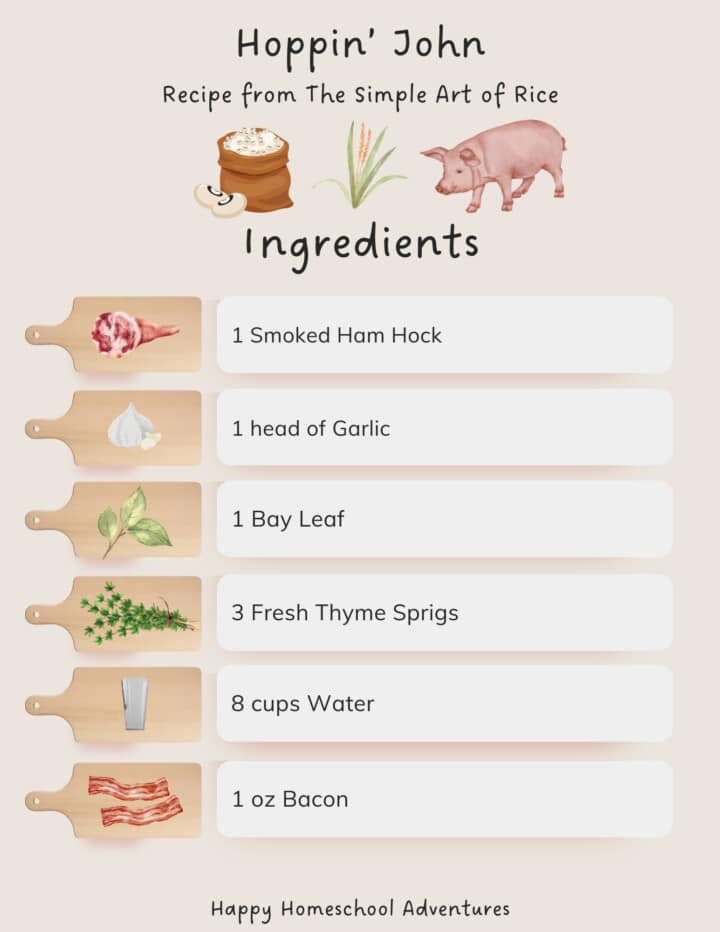
FREE Hoppin' John Recipe
For you to try at home!
Free Hoppin' John Recipe With Pictures
Hoppin' John is a celebratory dish, traditionally served on New Year's Day and perfect for exploring history.
Grab your free printable recipe cards above. Kids can gather ingredients using the ingredient list, gather their equipment with the tools list, and prepare the meal using the step-by-step recipe cards, with assistance as needed.
The cards are easy to use, include pictures, and encourage confidence and independence in the kitchen. They also make an excellent addition to your Montessori continent box for North America.
Want to combine your efforts and increase learning opportunities while you cook?
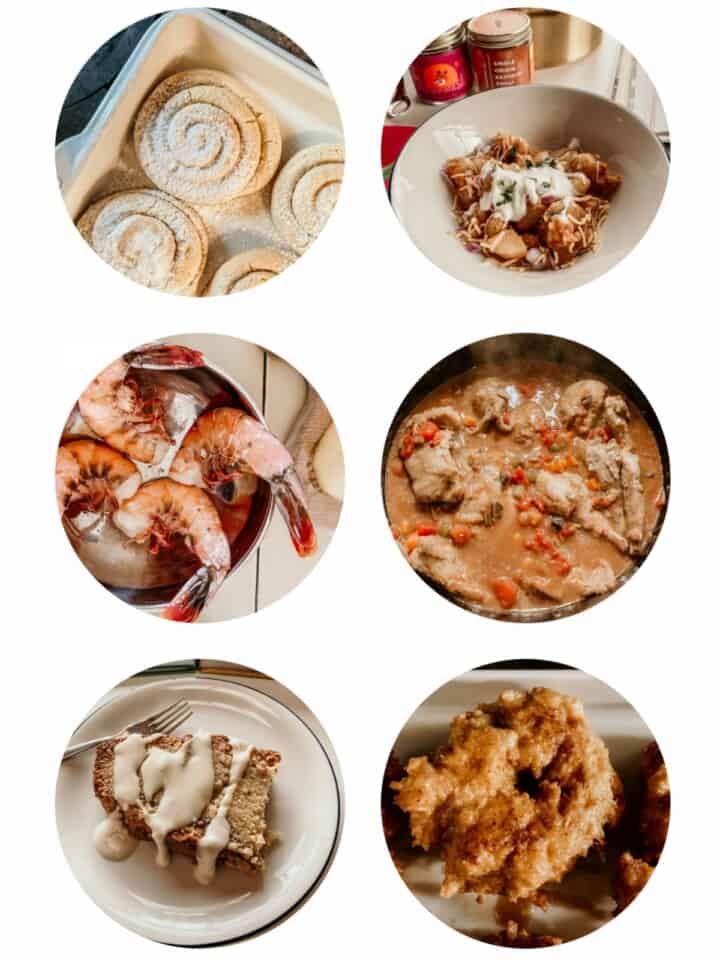
Food from Around the World: Free Cooking Lessons
Learn from some of the most talented chefs around the world!
Free Cooking Course for Families
Discover recipes for every continent! Sign up to receive free cooking lessons for the whole family. Learn from some of the most talented chefs around the world and participate in the quality practical life experiences Montessori education is known for.
Find out more about the cooking course.
Tools in Music and Dance
One of the most exciting parts of the Third Great Lesson follow-up work for the kids was watching the videos provided by the Grande Ronde Cultural Education Program.
Kaia especially liked watching the Canoe Singing and Dancing Lesson 4 - Paddle Dance and the significance of honoring the paddle that enables them to move to the next place.
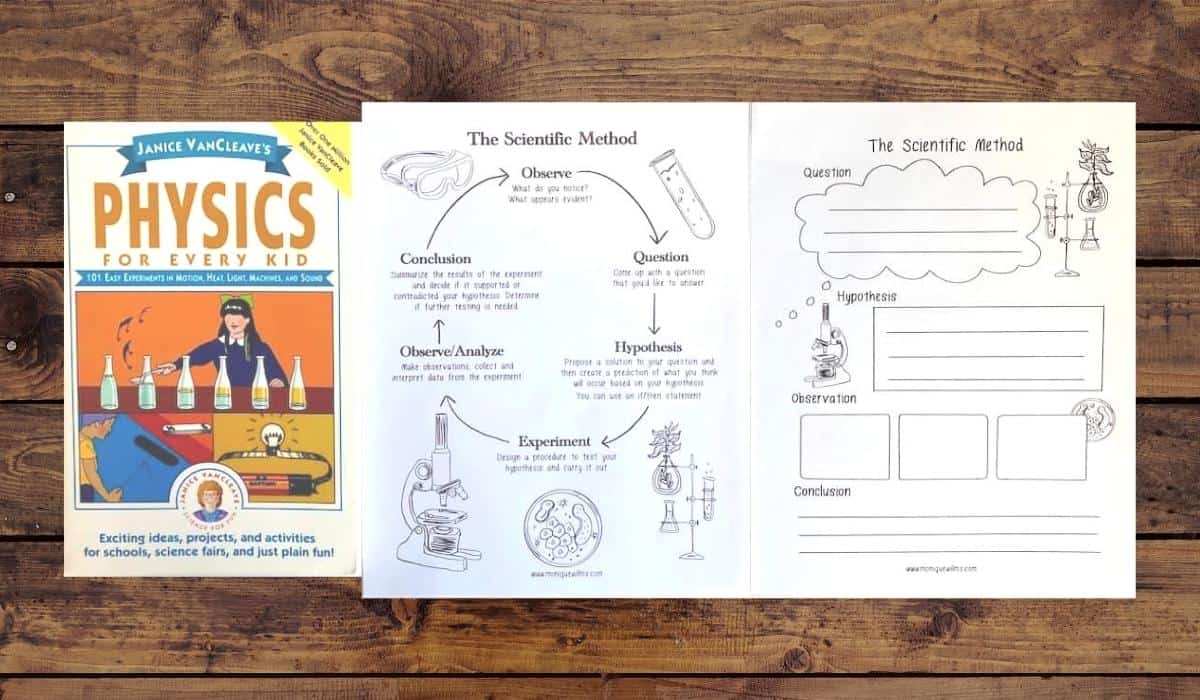
Simple Machines
The last bit of follow-up work and explorations revolved around simple machines and inventions.
Using Physics for Every Kid along with this Scientific Method Package, Kaia and Noah learned that a winding mountain road is considered a simple machine as it decreases the work required to get to the top of the mountain. The trade-off is the increase in time required for the journey.
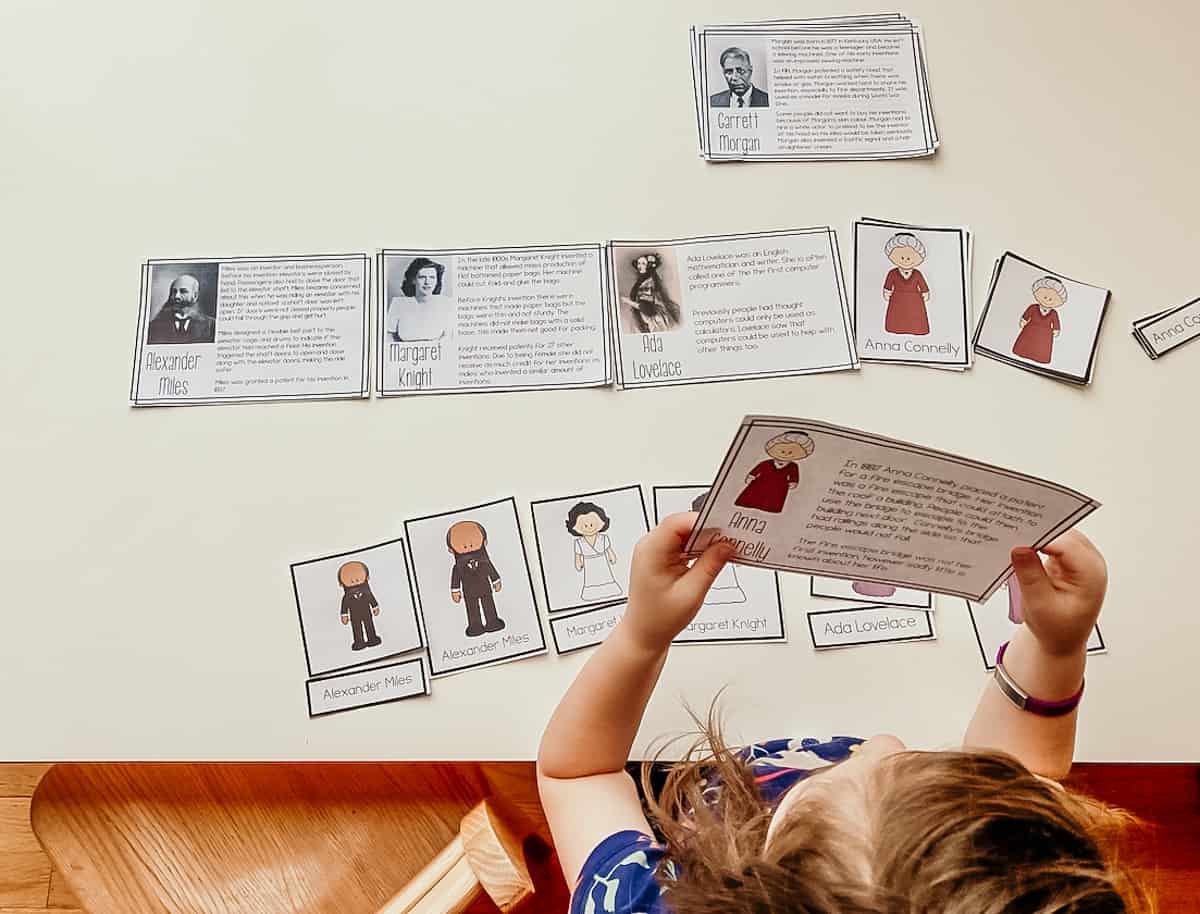
Inventions and Inventors
Lastly, Kaia explored the Inventions and Inventors unit by Montessorikiwi. She particularly liked learning about Ada Lovelace and the Thinking Machine. There were several inventors and inventions included in the unit and more than enough follow-up activities to keep an aspiring inventor curious.
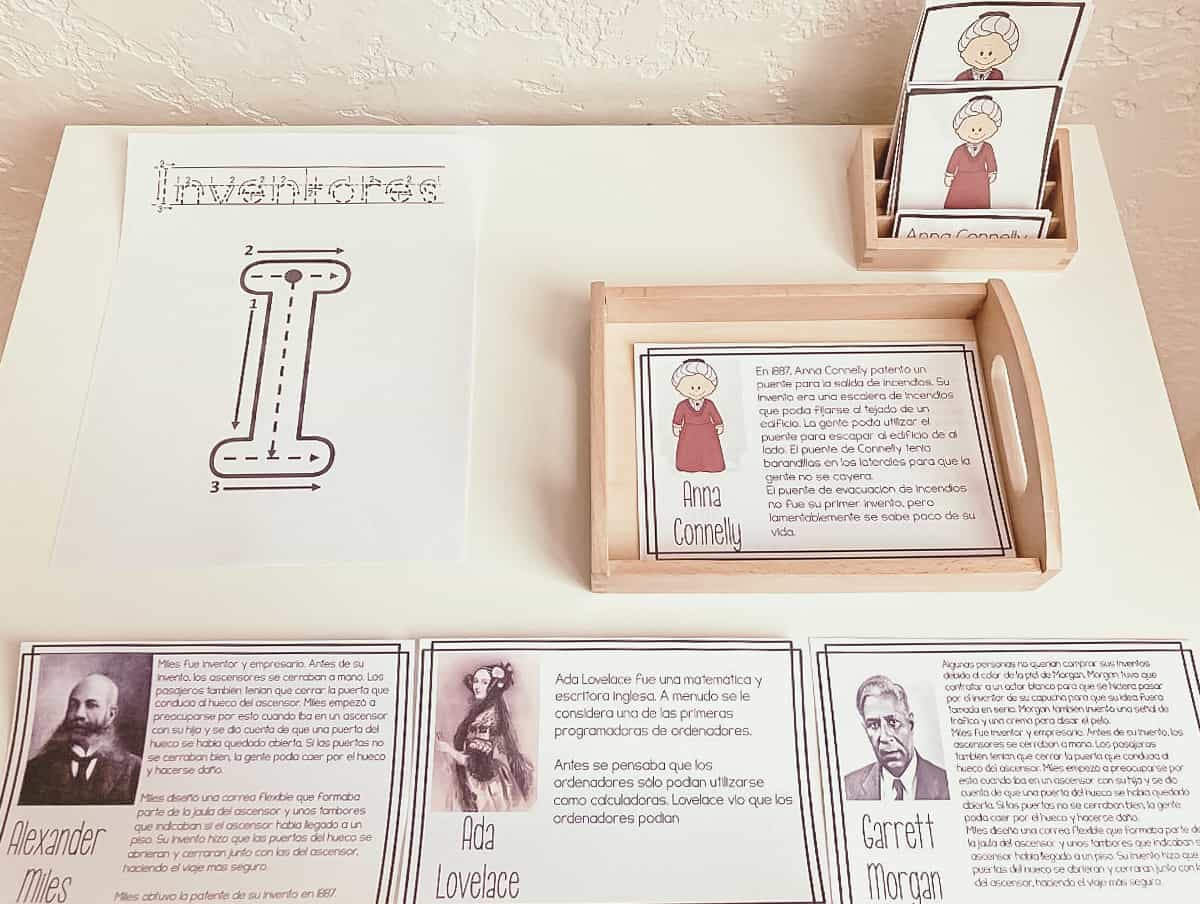
We also have the Spanish version of the same unit. It was included in the Multilingual Mega Bundle, available for a limited time in the fall. I made sure to grab it since there were several units in it that we were already enjoying in English.
A FREE Inventors and Inventions Matching Activity by Child of the Redwoods is another great follow-up work.
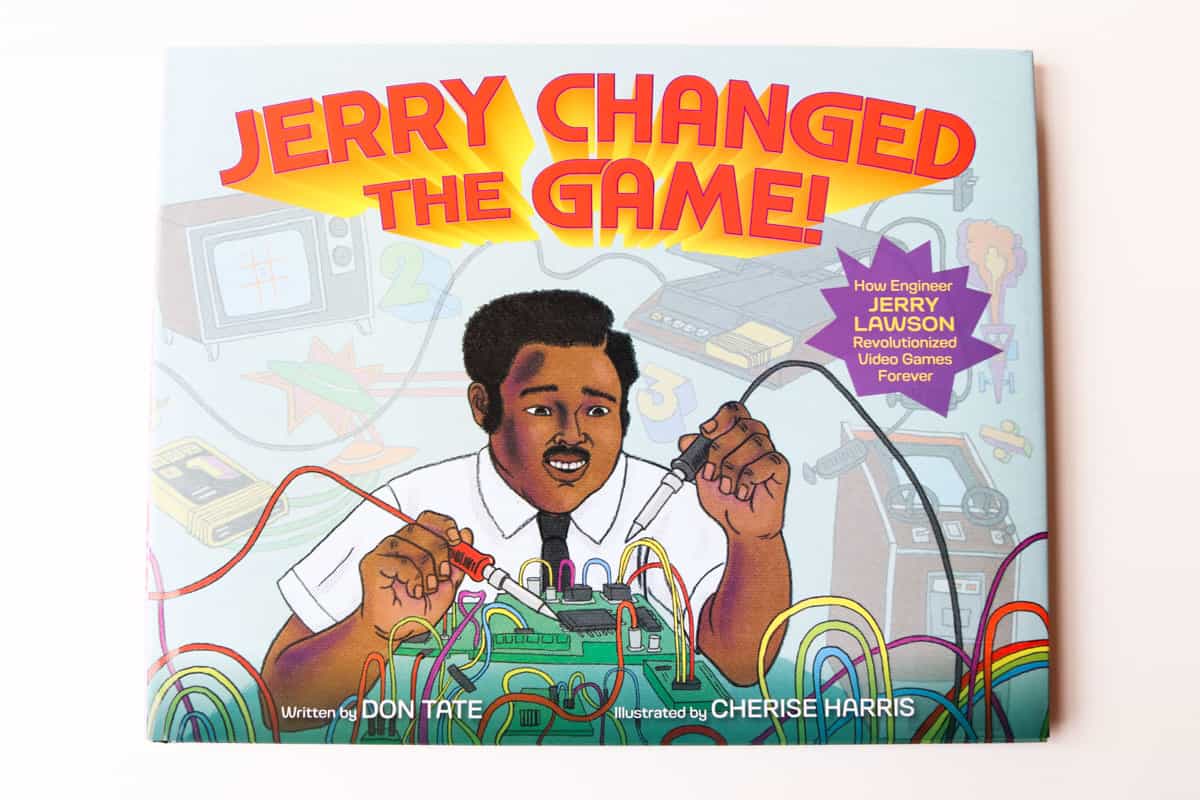
For the gamer in your life, check out Jerry Changed the Game!: How Engineer Jerry Lawson Revolutionized Video Games Forever by Don Tate and illustrated by Cherise Harris.
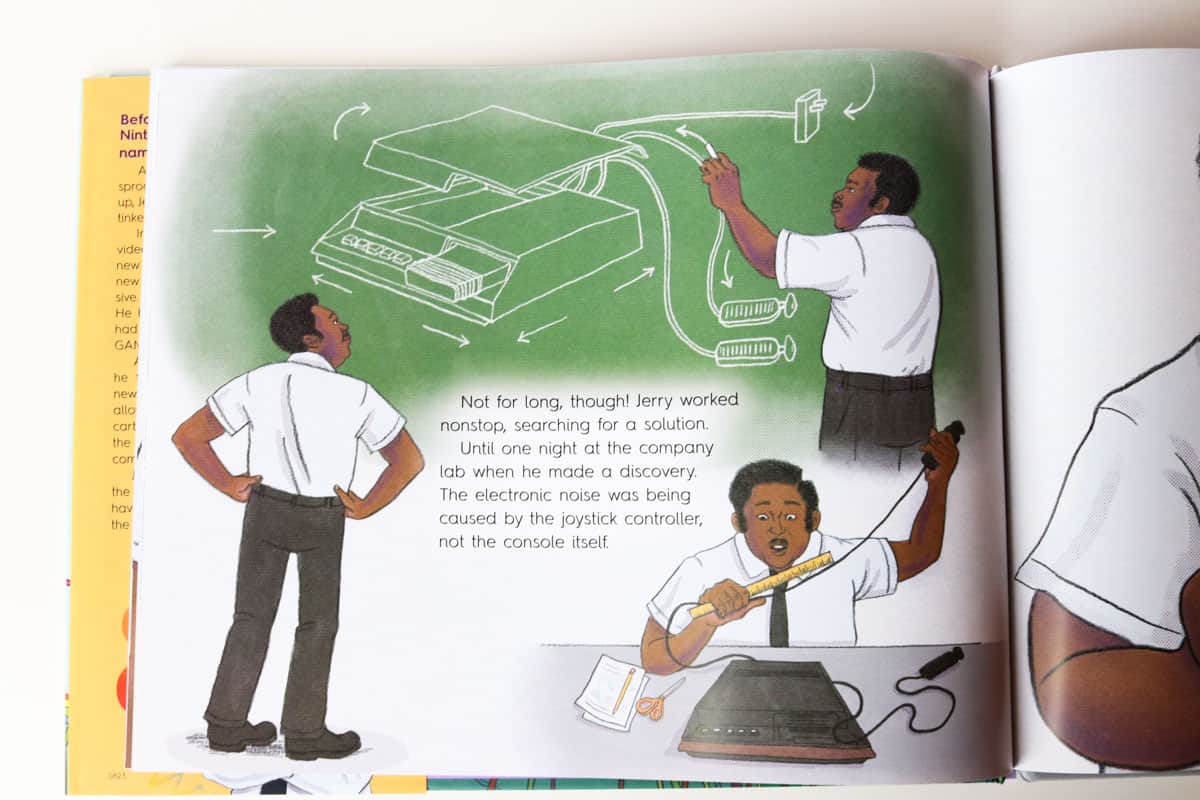
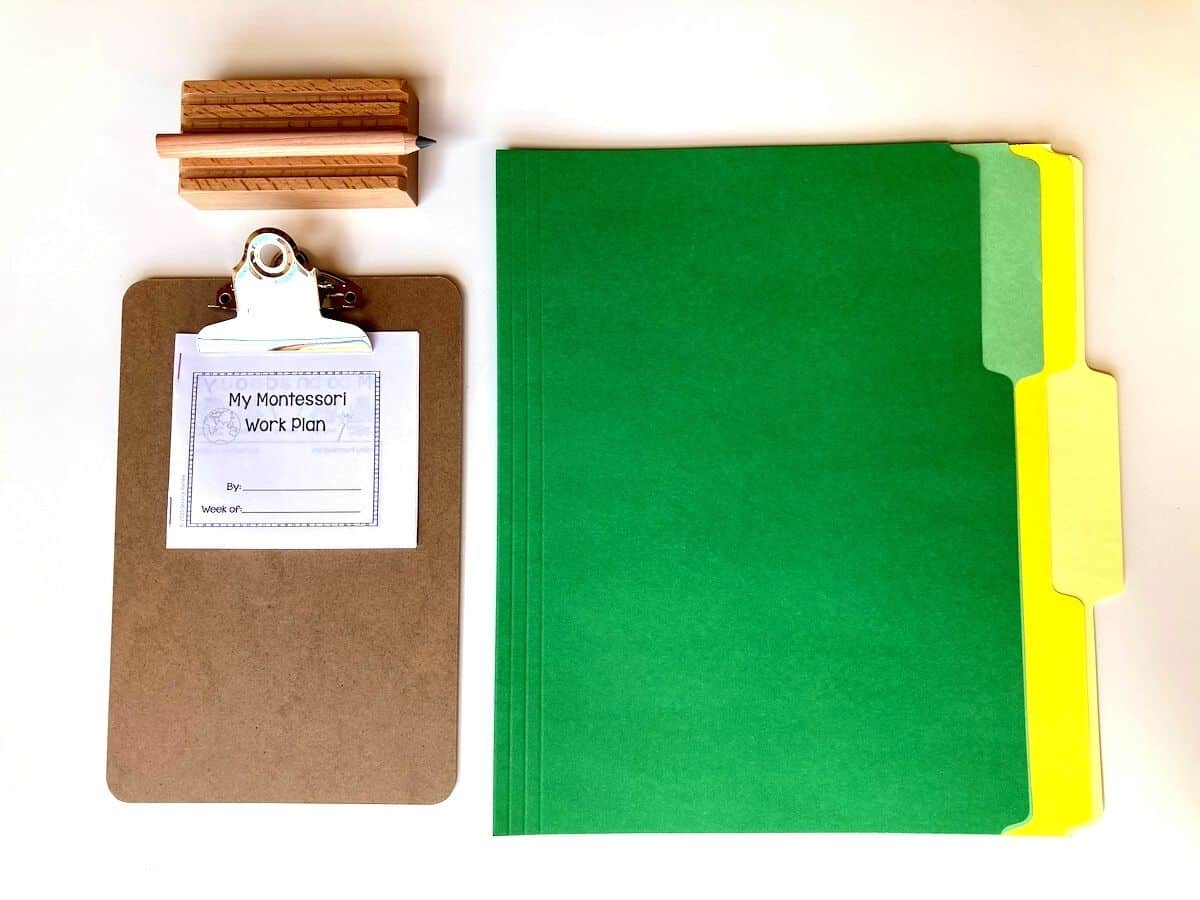
Montessori Work Plan, Review, & File Folder
This is how Kaia and Noah document their work for each week. They fill out the Montessori Work Plan at the end of their day. The folders are for ongoing work and completed work.
Human History Timeline & Fundamental Needs Conclusion
We hope you’ve enjoyed seeing how we do the Third Great Lesson. Using these Montessori Elementary Curriculum Resources, I put together a great mix of books, printables, and project-based learning experiences for primary and elementary students. There are a lot of directions you can take with this great lesson. This is how we did it. We hope you find it useful as you plan your own Montessori Third Great Lesson experiences.
Don’t forget to check out our First Great Lesson if you haven’t already.
More Human History Timeline & Fundamental Needs Resources
- A Whale in the Desert
- Indigenous Education Books
- Montessori Fourth Great Lesson Materials and Follow-Up
- Free Preschool & Kindergarten Homeschool Course
Thanks for stopping by!
– Kristin
Human History Timeline & Fundamental Needs of Humans
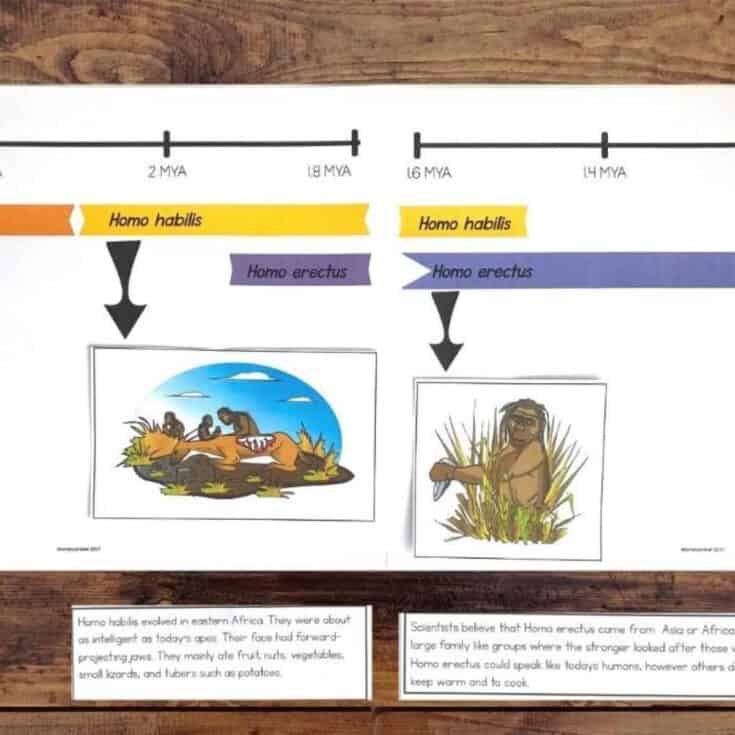
Explore the Human History Timeline and Fundamental Needs of Humans through Montessori's Great Lessons. These interdisciplinary lessons include the Timeline of Hominids, Skip Counting Math Skills, Important Dates in Human History, Early Civilizations, Spiritual and Materials Needs, the Child's Own Fundamental Needs, Tools, Needs vs. Wants, Science and Technology topics such as Inventors and Inventions, and more. These lessons tell the story of human survival and adaptation, how early civilizations arose, and how we met our needs in the past as well as in modern times.
Books, Household Items, Hands-on Materials, & Printables
Materials
- Mammals Who Morph
- When We Became Humans
- Sapiens: A Graphic History: The Birth of Humankind
- Sapiens: A Graphic History, Volume 2: The Pillars of Civilization
- The Women Who Make History Collection
- Zoology Books
- Indigenous Education Books
- Wings, Worms, and Wonder
- Skin Again
- All the Colors We Are
- Different Differenter
- The Work of Wool: A Montessori Handwork Album
- Fry Bread
- The Simple Art of Rice
- Physics for Every Kid
- Ada Lovelace and the Thinking Machine
- Jerry Changed the Game! How Engineer Jerry Lawson Revolutionized Video Games Forever
- Tree Branch
- Mirus Toys Festival of Lights Stacker
- Hasbro Starting Lineup NBA Action Figures
- NBA Players 3 Part Cards
- Wool Roving
- Knife
- Rubberbands
- Mason Jar Lid
- Sanding Paper
- Block of Wood
- Fry Bread Ingredients
- Cooking Utensils
- Watercolor Paints
- 3-in-1 Watercolor Crayons
- Skin Tone Pencils
- Watercolor Paper
- Paintbrushes
- Paper
- Pencil
- Glue
- Tape
- Black Walnut Turkish Drop Spindle
- Device for Viewing Grand Ronde Cultural Education - Paddle Dance
- Thousand Bead Chain
- Large Wooden Bow and Arrows
- Rabbit Sorting & Care Checklist printable
- Ancient Civilizations Bundle
- Timeline of Hominids printable
- Hominin vs. Hominid
- Square and Cube Chain Arrows printable (FREE)
- History Timeline Cards printable
- Hand Chart printable (FREE)
- Spiritual and Material Needs Chart printable (FREE)
- My Fundamental Needs printable
- My Fundamental Needs Booklet printable
- Fundamental Needs Extensions printable
- Fundamental Needs Then and Now printable
- Fundamental Needs Through Time printable
- World Religions and Philosophies Bundle printable
- Scientific Method Package printable
- Inventions and Inventors English printable
- Inventions and Inventors Spanish printable
- Inventors and Inventions Matching Activity printable (FREE)
- Montessori Work Plan printable
Tools
- See Materials List
Instructions
- Deliver the Third Great Lesson using Mammals Who Morph and When We Became Humans. Use any additional books from the Zoology collection to inquire further.
- Read Sapiens: A Graphic History Volumes I & II independently or together to explore human history in a fun storytelling format with illustrations at the center of the story.
- Children can explore our human history timeline using the Timeline of Hominids. If there is persistent interest, the blank timeline can also be completed using the matching images and description cards. Otherwise, this second human history timeline activity can be completed on another day.
- Explore the concept of a century and skip counting with the Thousand Bead Chain and the Cube Chain Arrows. Handwritten labels will also work. The child can roll out the chain and place the labels in the appropriate spot as they make their way to the end. Provide plenty of opportunities for repetition or skip counting by various numbers.
- Learn more about the timeline of humans by using the History Timeline Cards to order historical dates. Afterwards, use the image cards to match significant events to each date.
- Explore The Women Who Make History Collection to identify women changemakers and innovators your child would like to learn more about.
- Examine the Hand Chart and the Spiritual and Material Needs Chart in the Cultivating Dharma History album to introduce the development of the hand and Fundamental Needs of Humans. Explore ways in which our hands have helped us meet our needs through history. Draw from experiences introduced in the books and timelines mentioned earlier.
- Provide the My Fundamental Needs printable page and Booklet as Art and Handwriting options for follow-up work to the Fundamental Needs of Humans.
- Display the Fundamental Needs Extensions in your homeschool environment so children can choose activities to explore various needs.
- Introduce the rabbit sorting activity and explore the needs met by each type of rabbit. Use the sorting cards as three-part cards as the child shows interest.
- Introduce the Fundamental Needs Then and Now Sorting Activity and identify any interesting topics they may want to research further.
- Use the Needs vs. Wants activity in Wings, Worms, and Wonder to continue their studies of Fundamental Needs of Humans. Children can use their Art materials to demonstrate understanding. Be open to any discussions that arise about related topics.
- Encourage kids to identify items in their home that help them meet their needs. Our kids focused on tools and inventions.
- Explore what tools are used for hunting. Kids can safely practice with the large Wooden Bow and Arrows.
- Explore tools in Art. Books such as Skin Again, All the Colors We Are, and Different Differenter will stimulate interest in learning about skin tones. Kids can use Watercolor Paints, Watercolor Crayons, and Skin Tone Pencils to create their own unique skin tone.
- Use lessons from The Work of Wool to learn about the history of wool, the process of wool, and types of spindles. Items such as a tree branch, sanding paper, rubberbands, mason jar lid, block of wood, knife, and glue can be used to make a spindle. Purchasing a spindle is also an option or it can be used for comparison when spinning.
- Explore Fundamental Needs Through Time Nomenclature Cards.
- Read Fry Bread and follow the author's recipe inside to create your own Fry Bread in your homeschool. Through this book, discuss topics related to the senses, Practical Life, Geography, History, and Culture.
- Watch or read educational material provided by your local tribal community. We watched videos created by the Grande Ronde Cultural Education Program, including the Canoe Singing and Dancing Lesson - The Paddle Dance.
- Use Physics for Every Kid and the Scientific Method Package printable to complete a physics experiment. Our kids used a pencil, paper, and tape to learn about the physics behind a winding mountain road.
- Learn about Inventions and Inventors using the English and Spanish Bilingual printable bundles along with Ada Lovelace and the Thinking Machine. Activities include three part cards, brief biographies, handwriting work, and more.
- Introduce the Inventors and Inventions matching activity for additional exploration opportunities.
- Encourage kids to use the Montessori Work plan to document their daily completed and ongoing work. This will help the child to identify areas or subjects where additional focus should be placed. It also gives the child the opportunity to share how they feel about their work and what they would like to explore the following week.
Notes
Full Lesson Info and Pictures at: https://happyhomeschooladventures.com/montessori-third-great-lesson-materials-follow-up/
Recommended Products
As a member of affiliate programs, I earn from qualifying purchases.

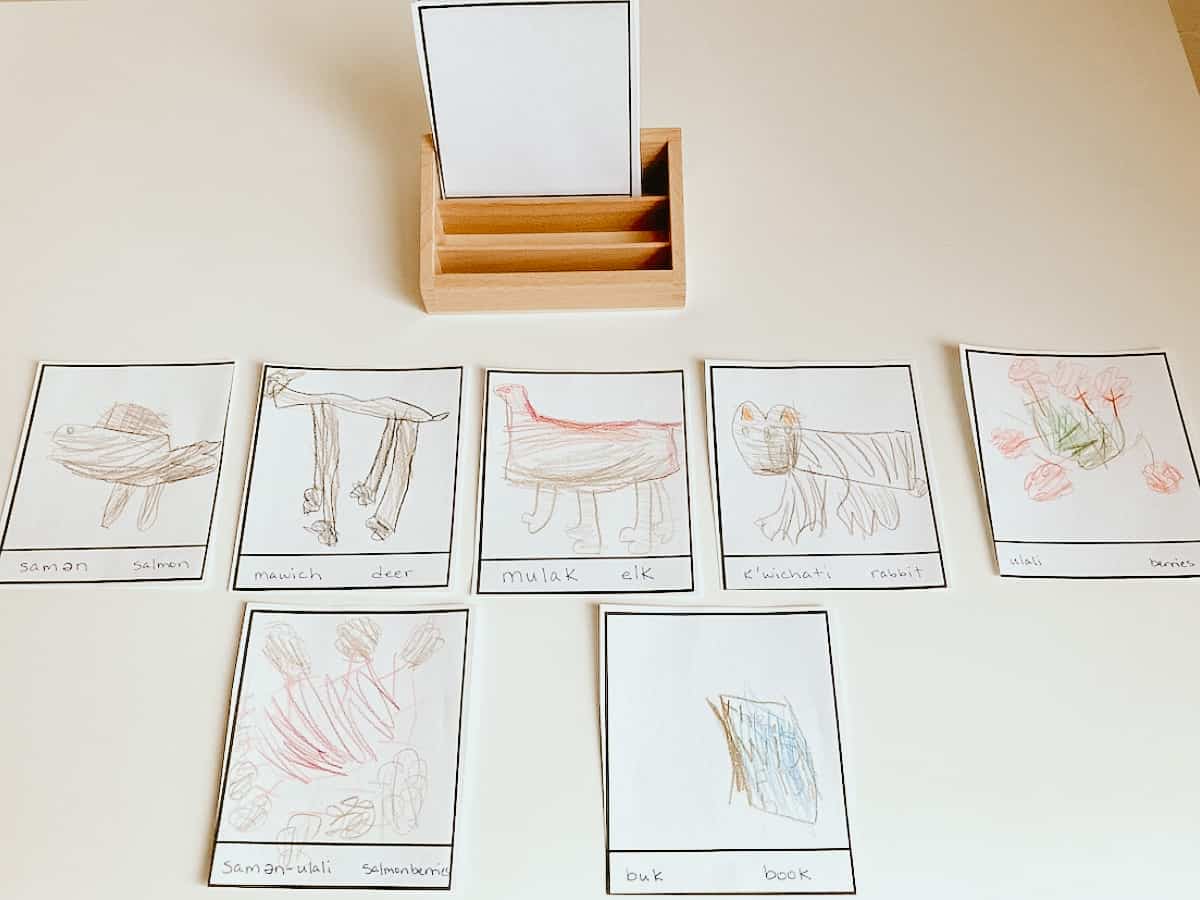
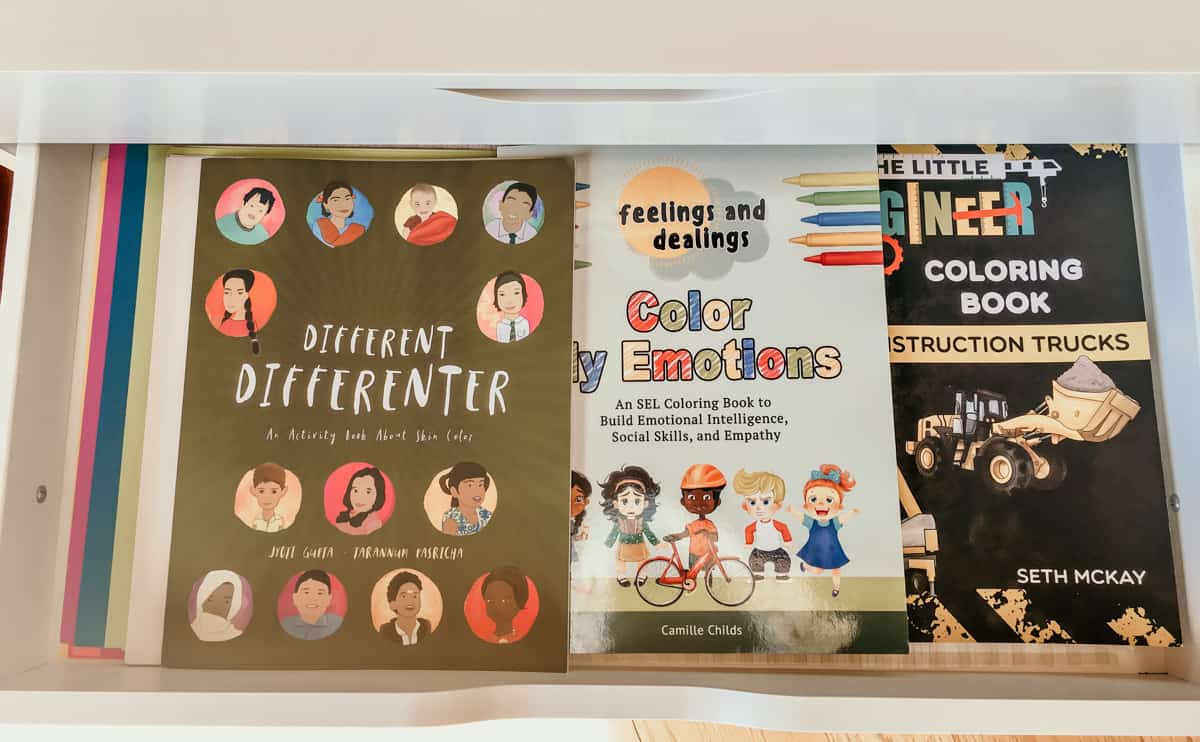
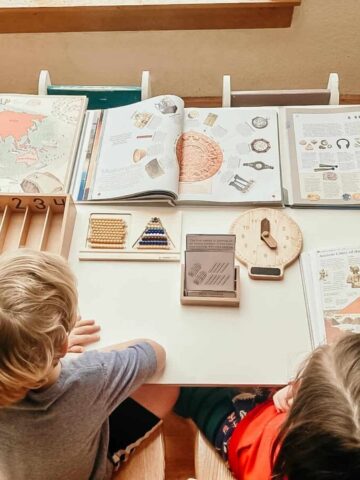

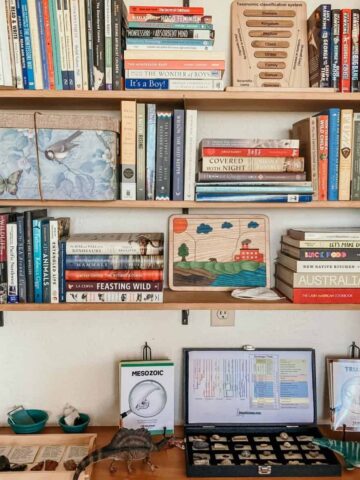
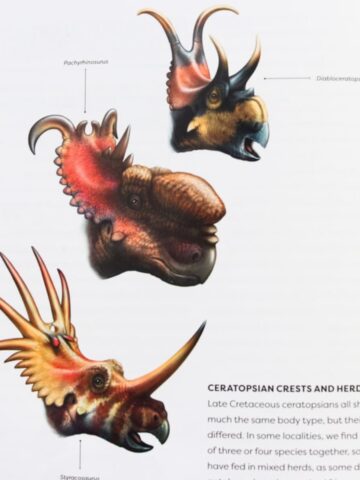
Megan
Such a well thought out lesson sequence. I love the hands on activity of making fry bread! How cool!